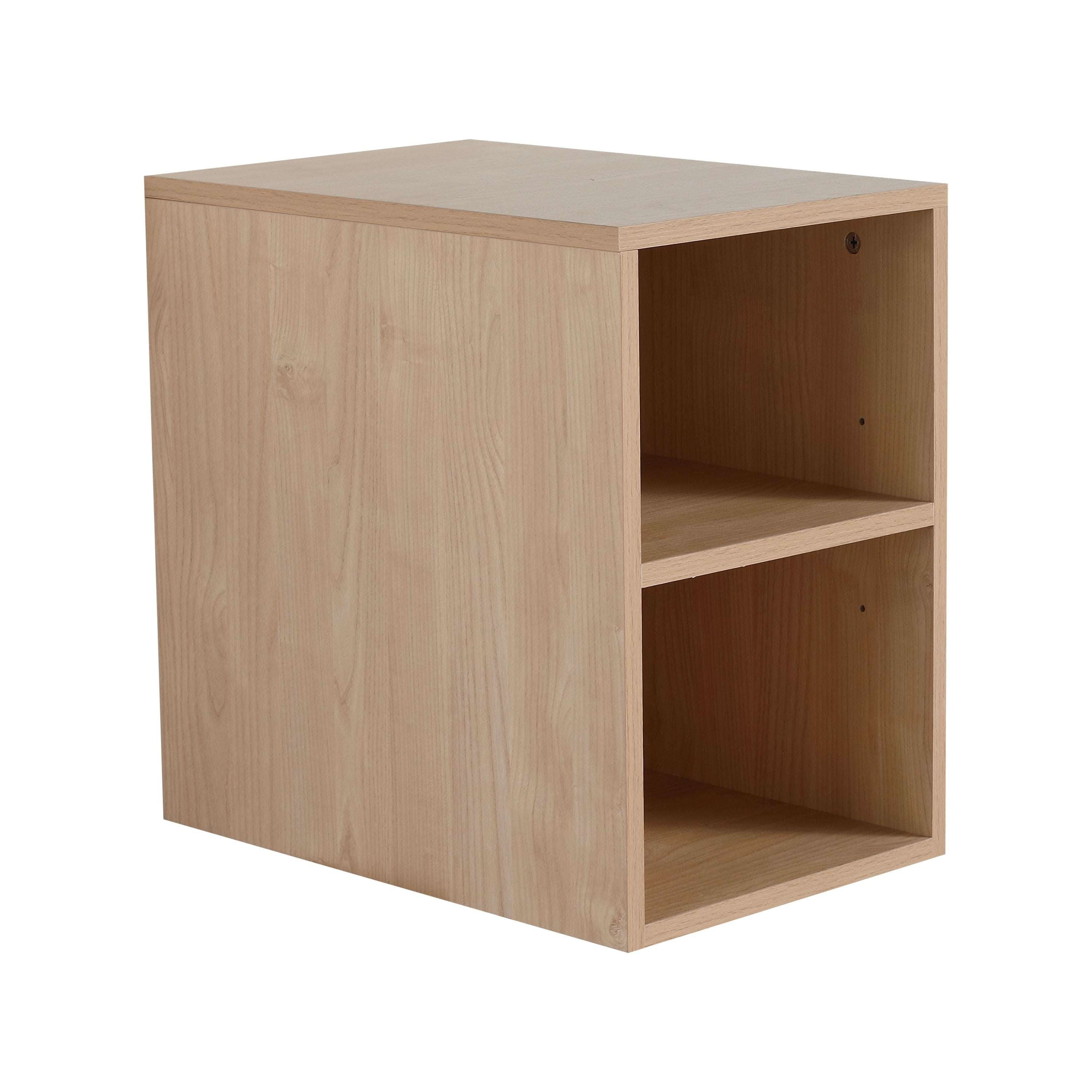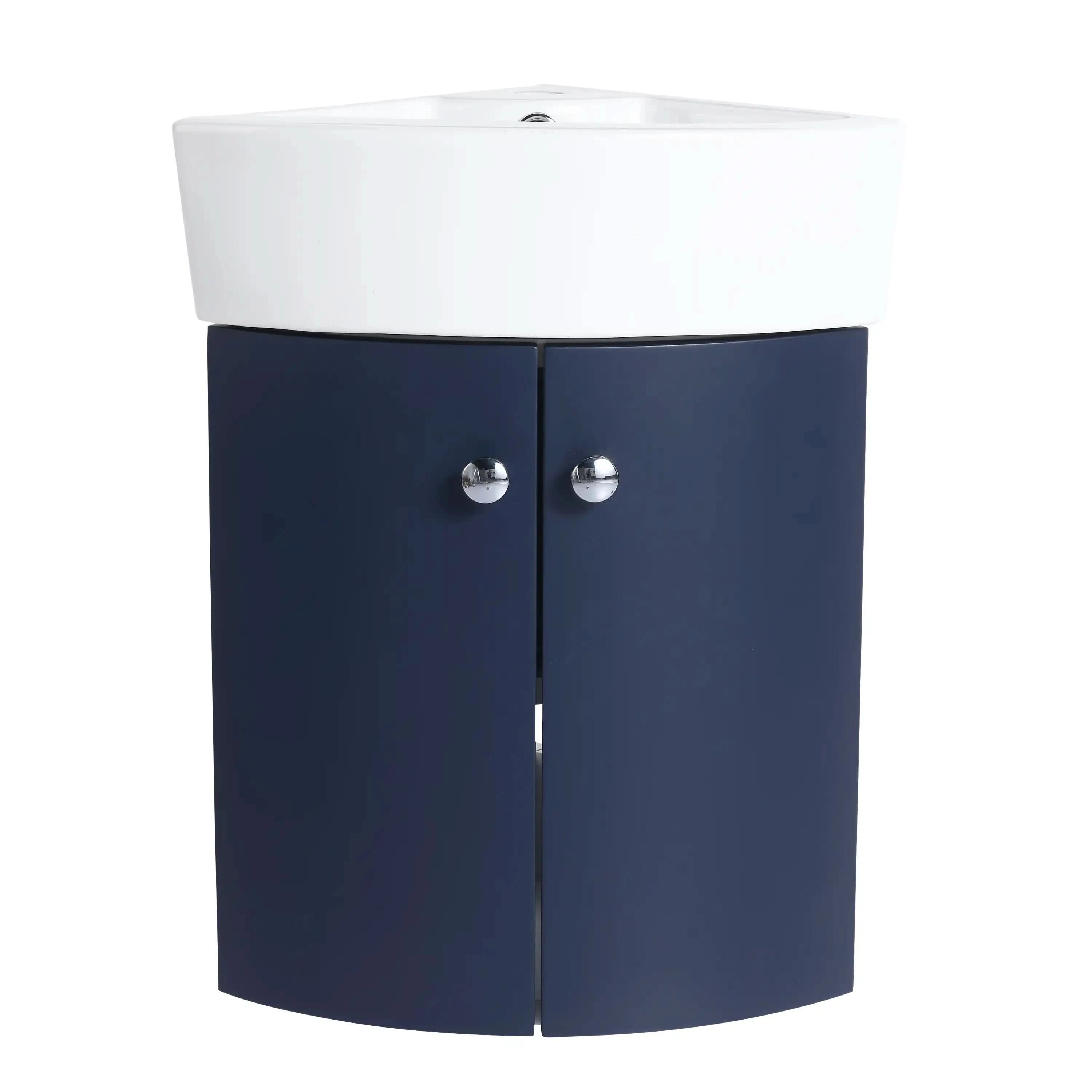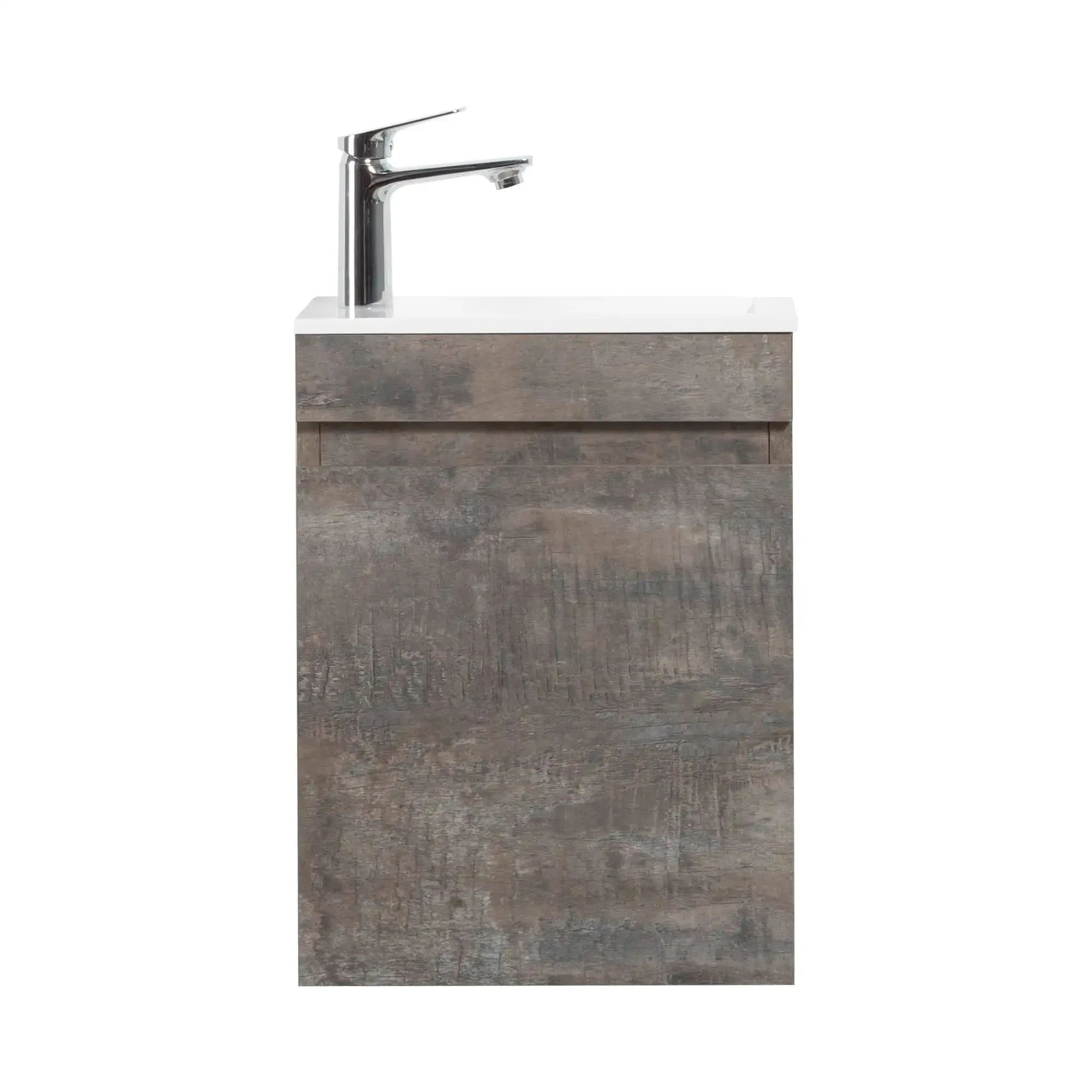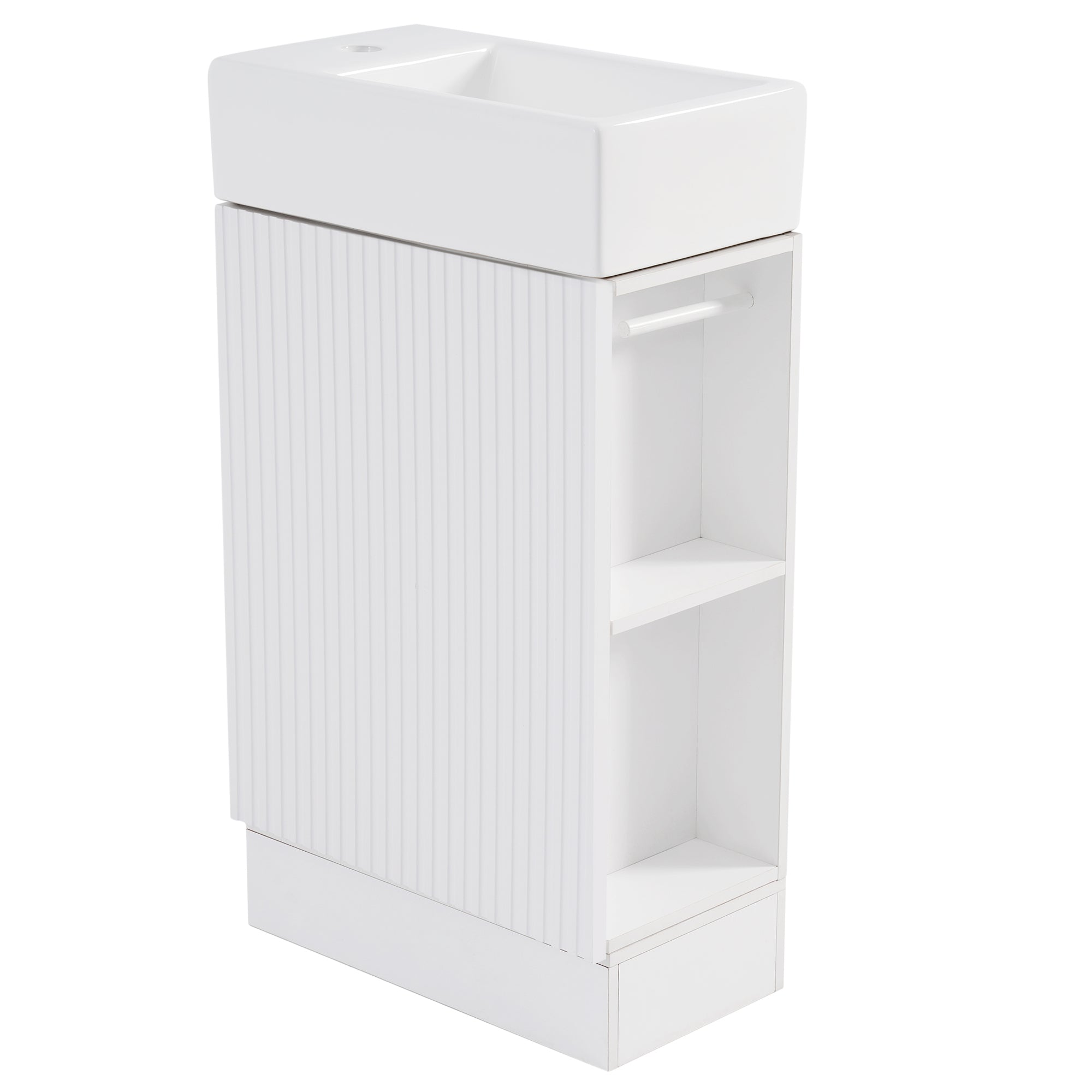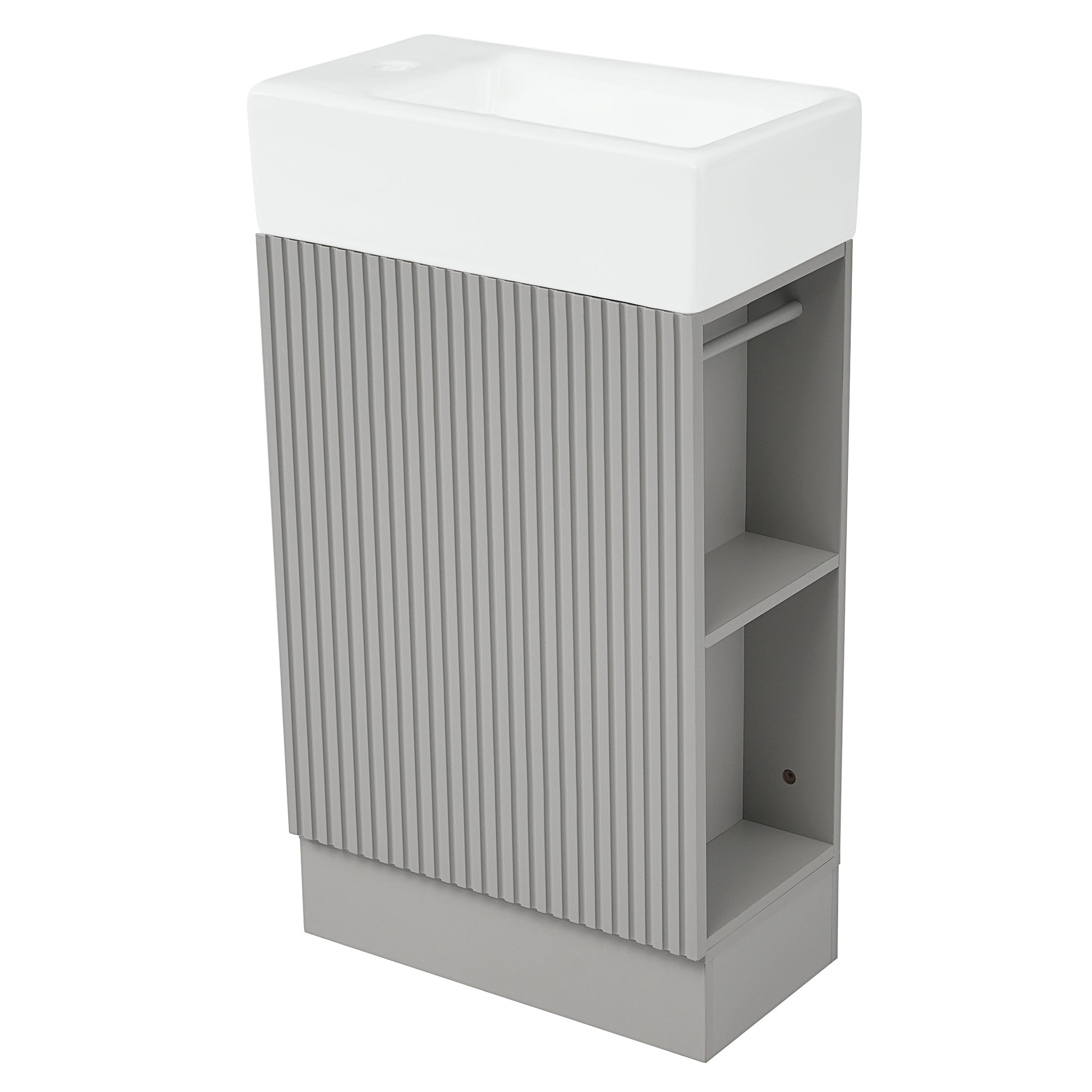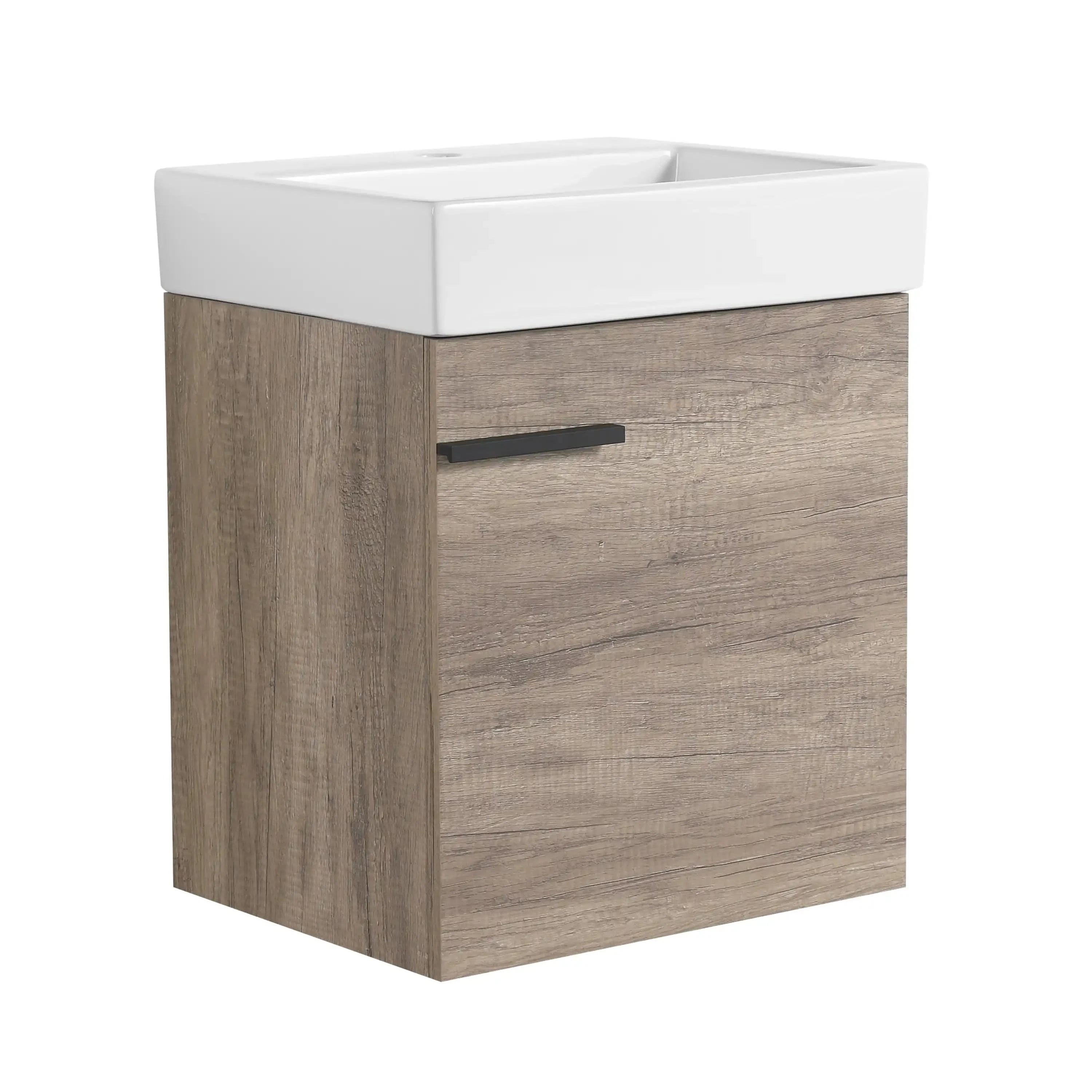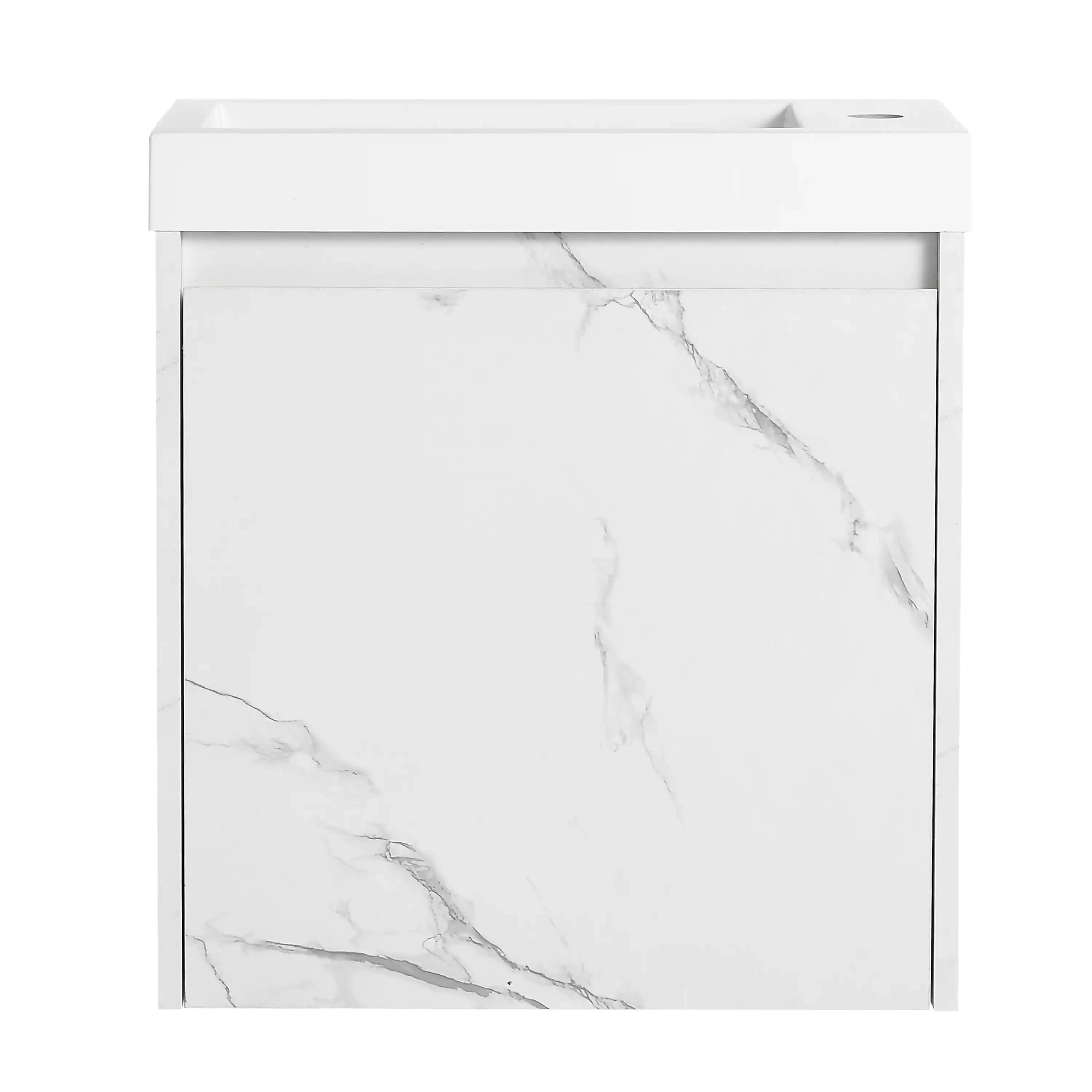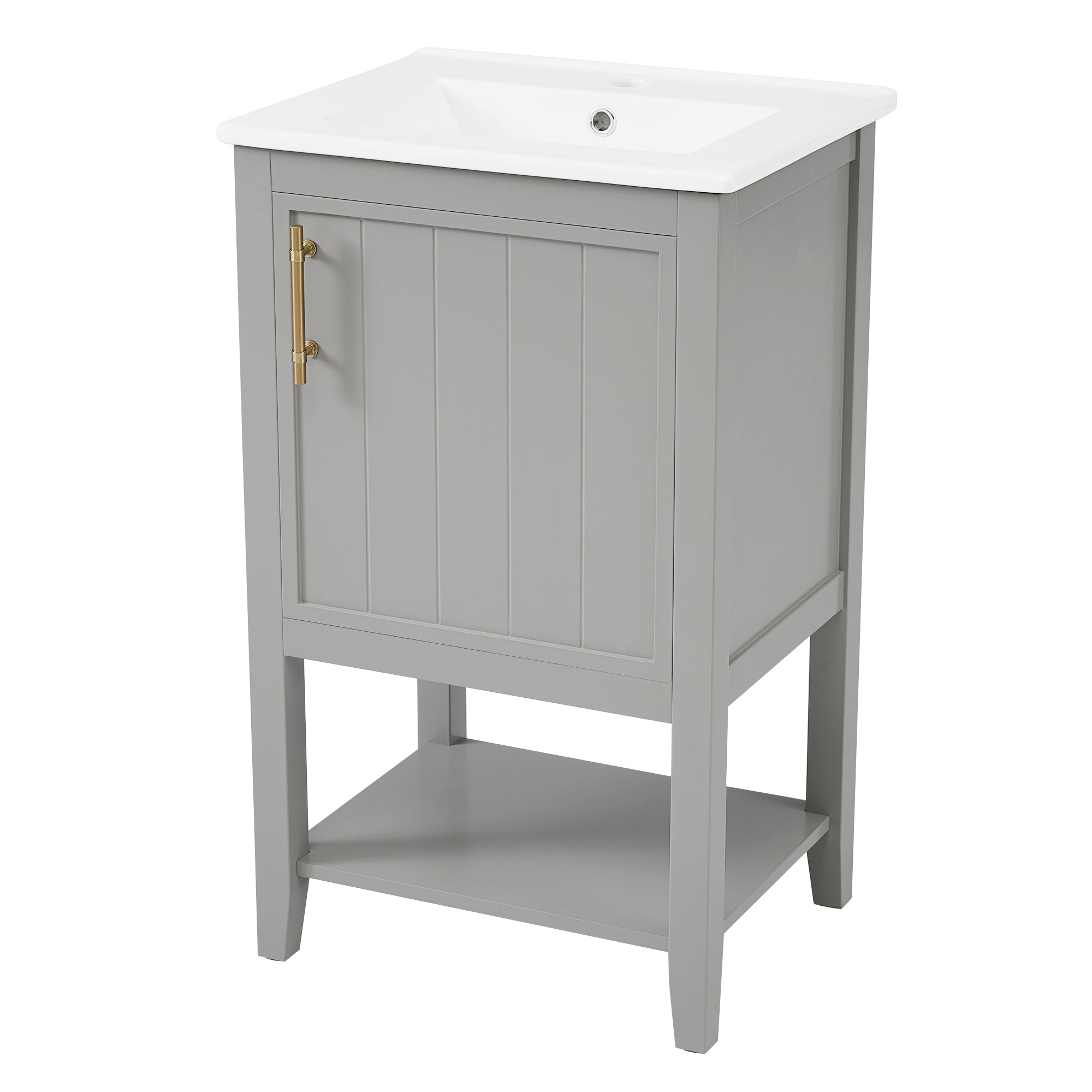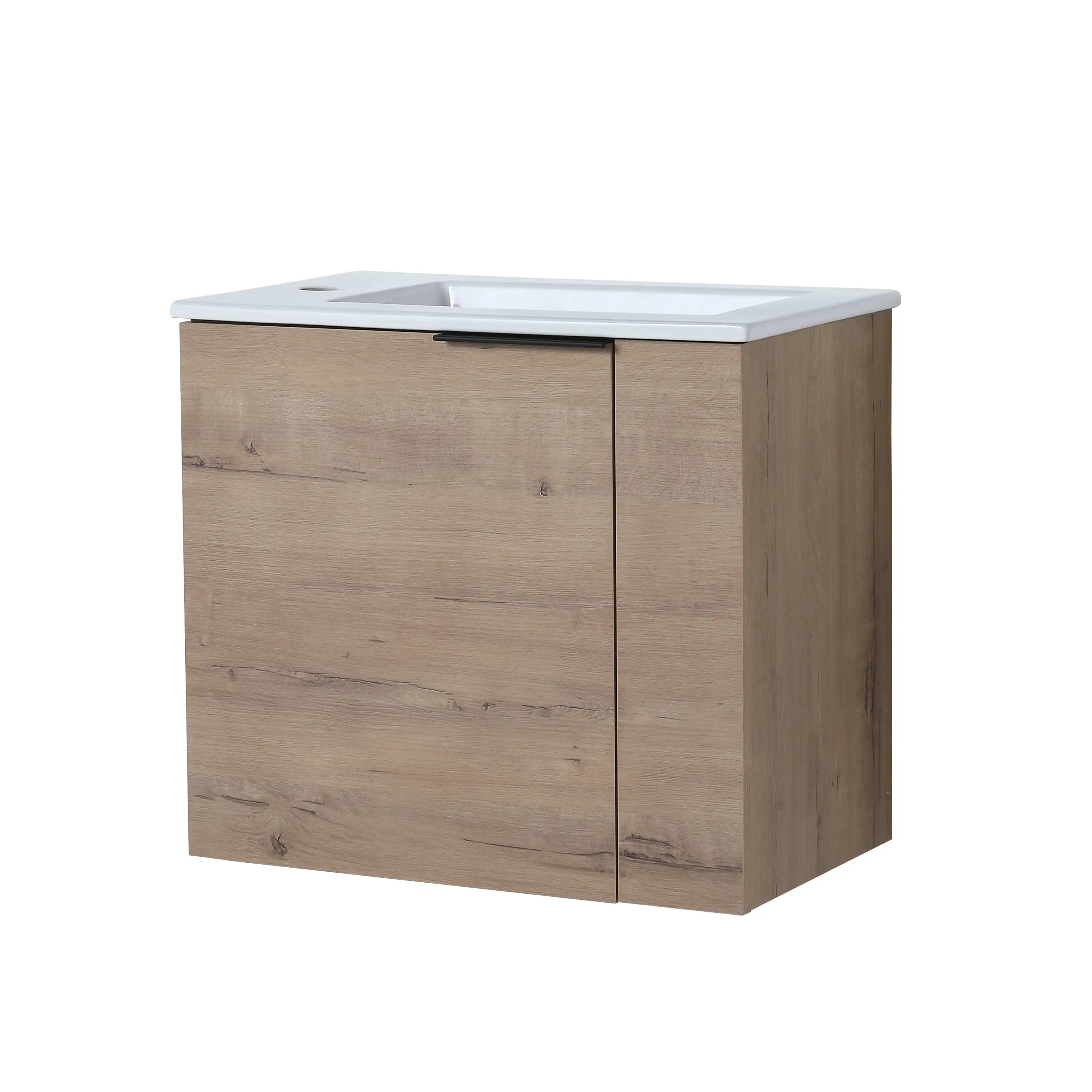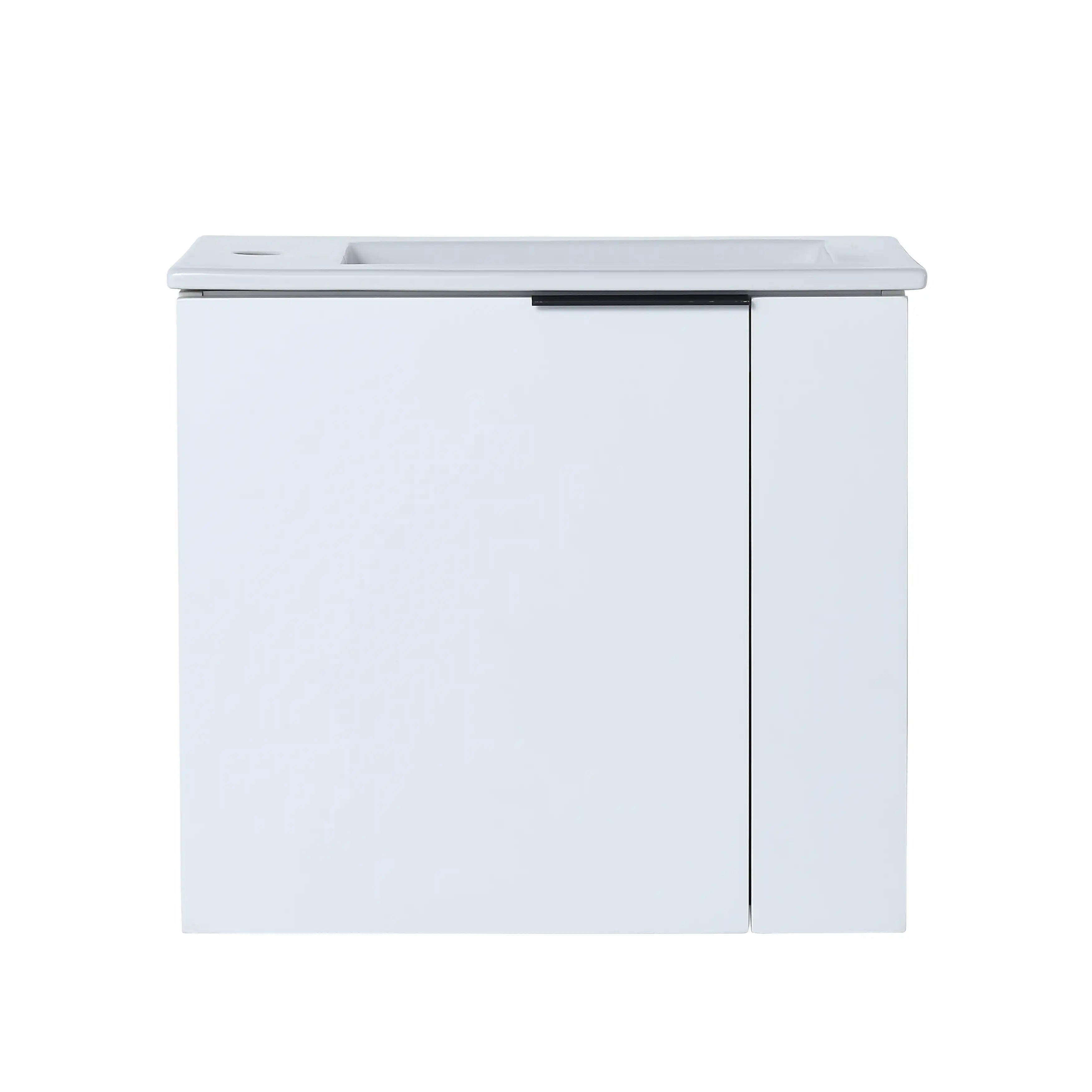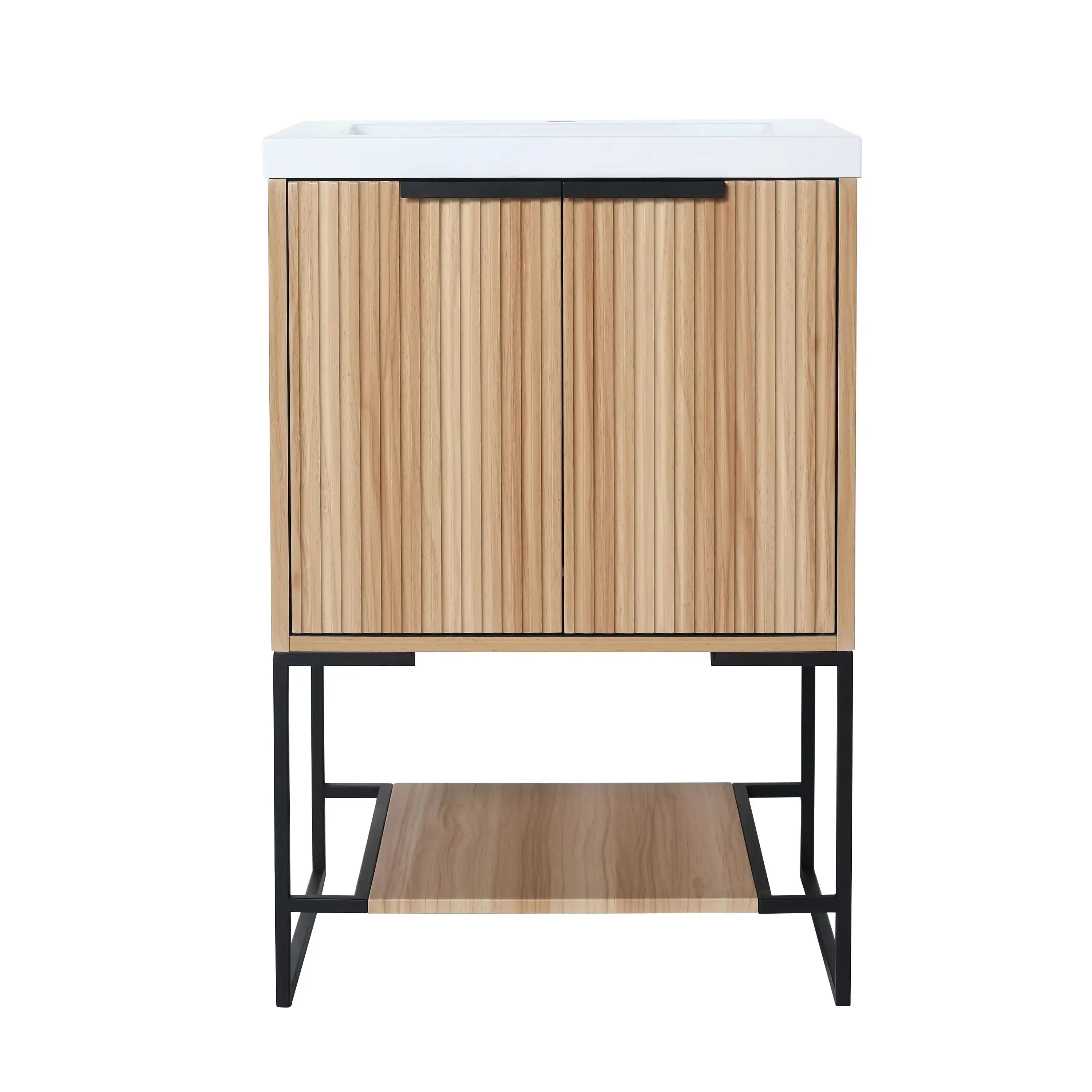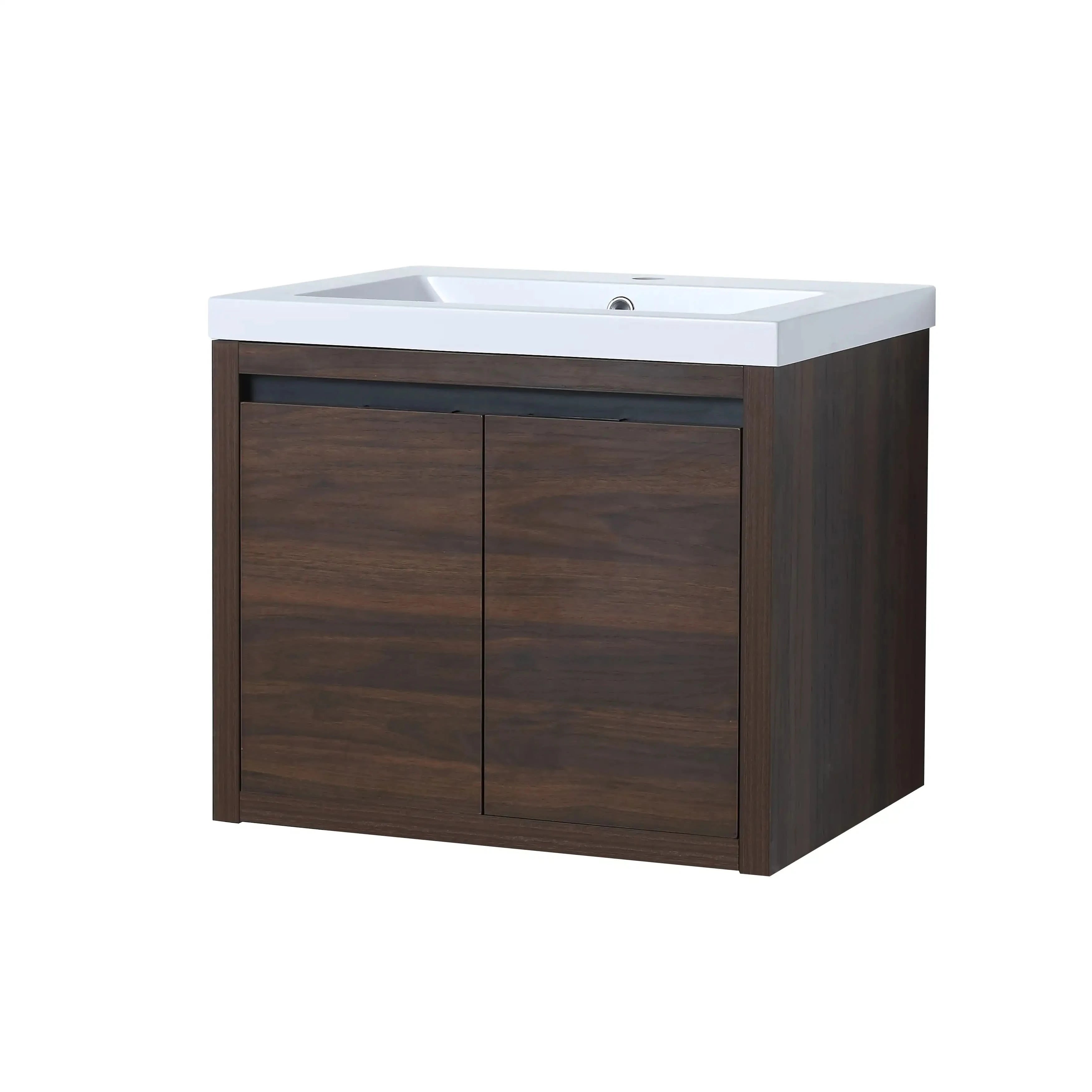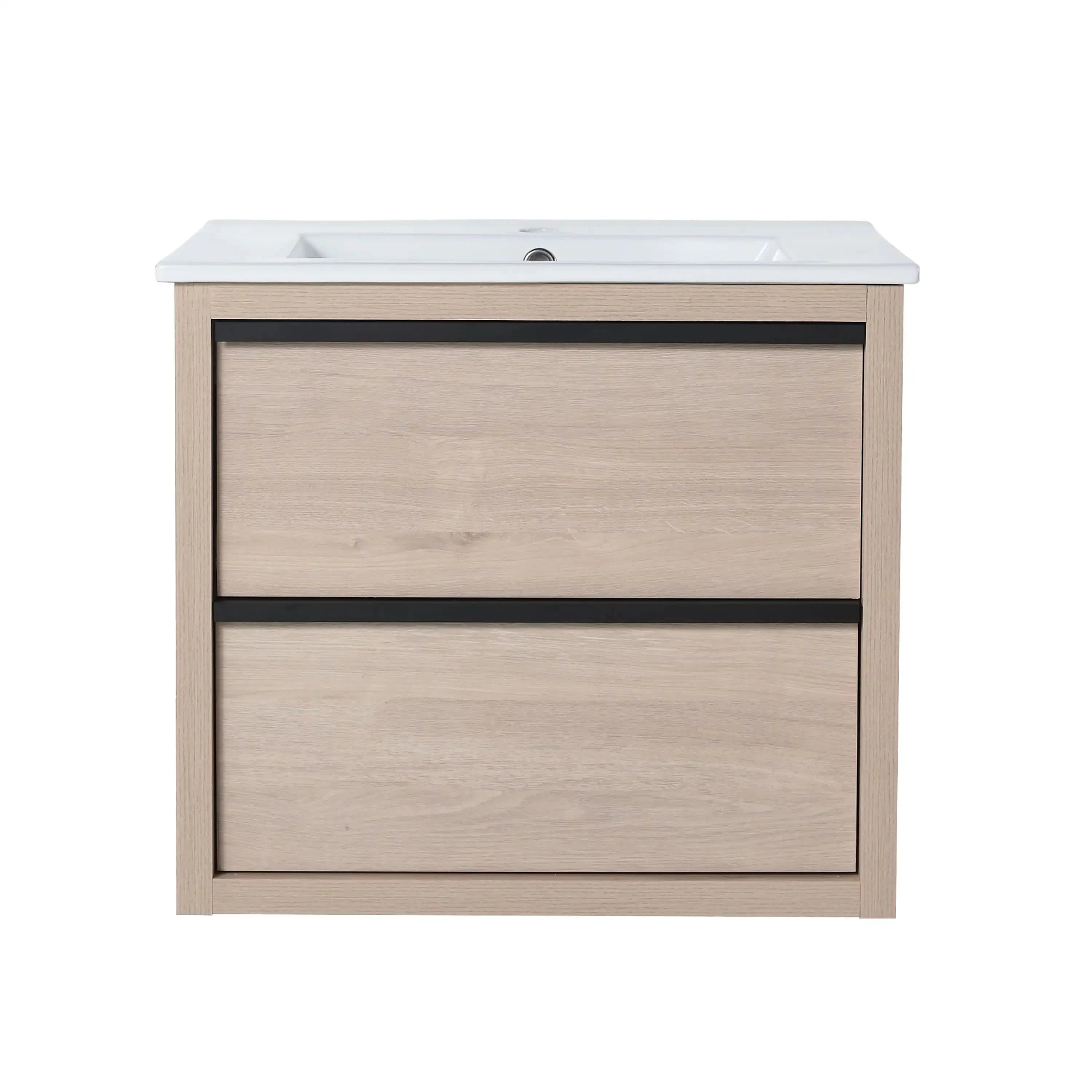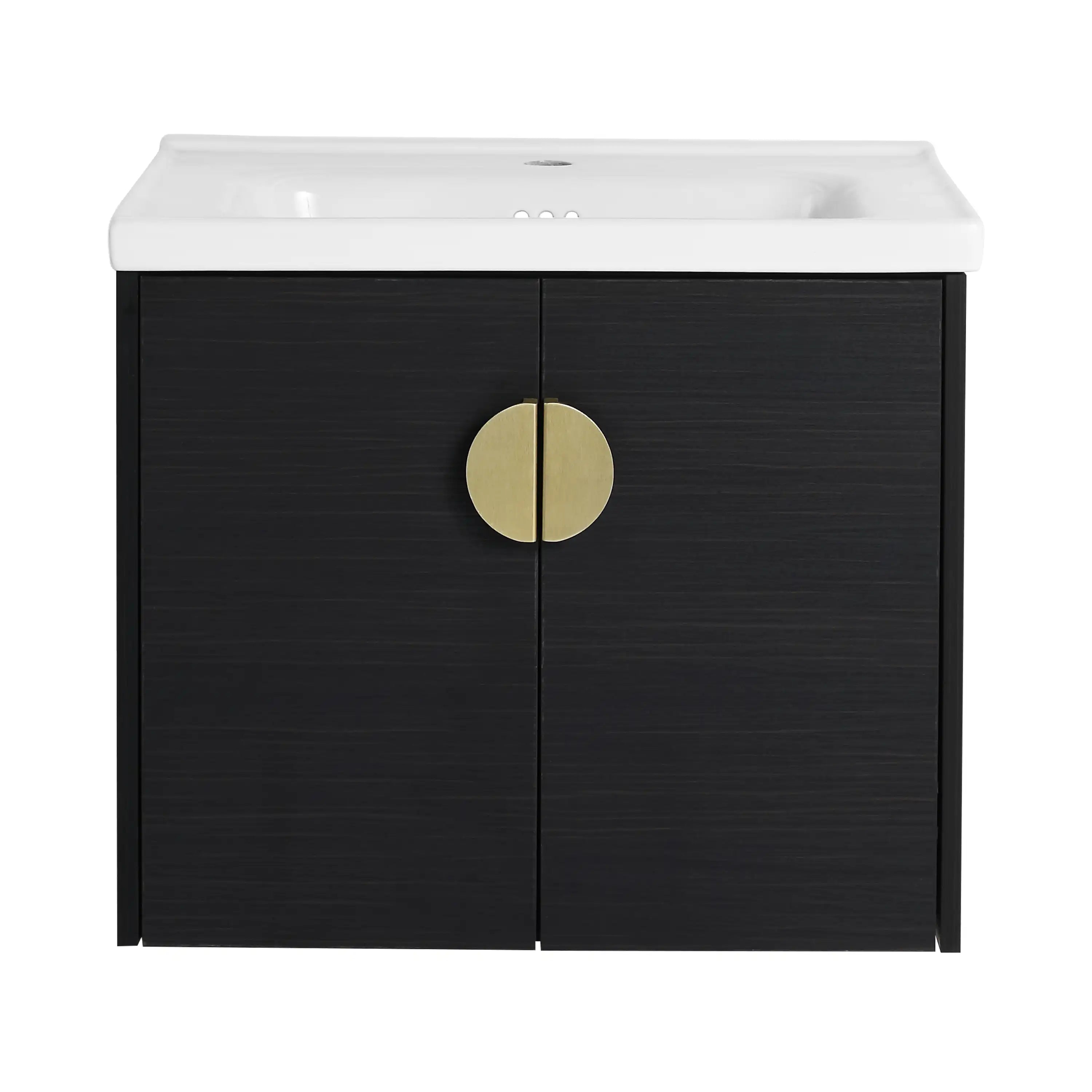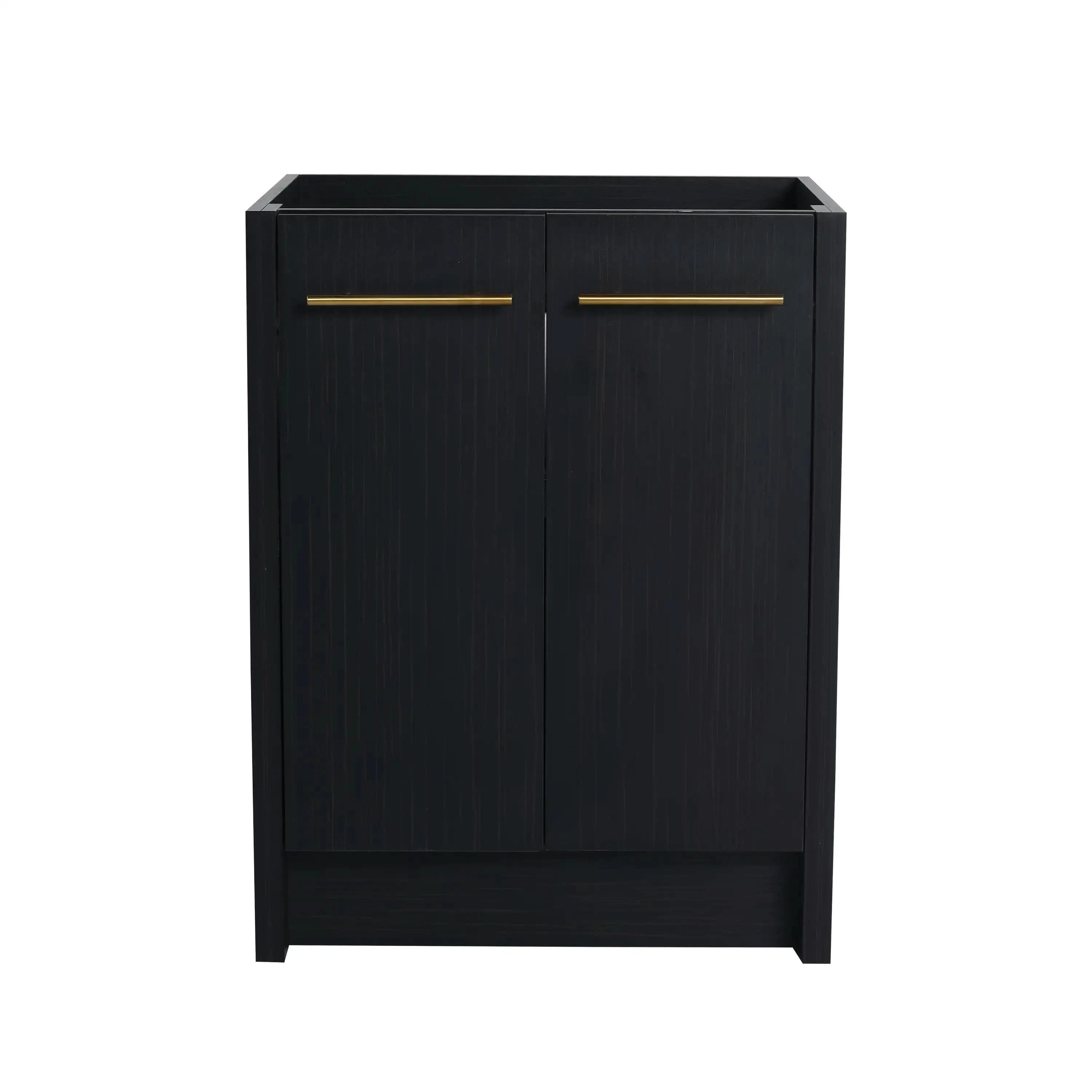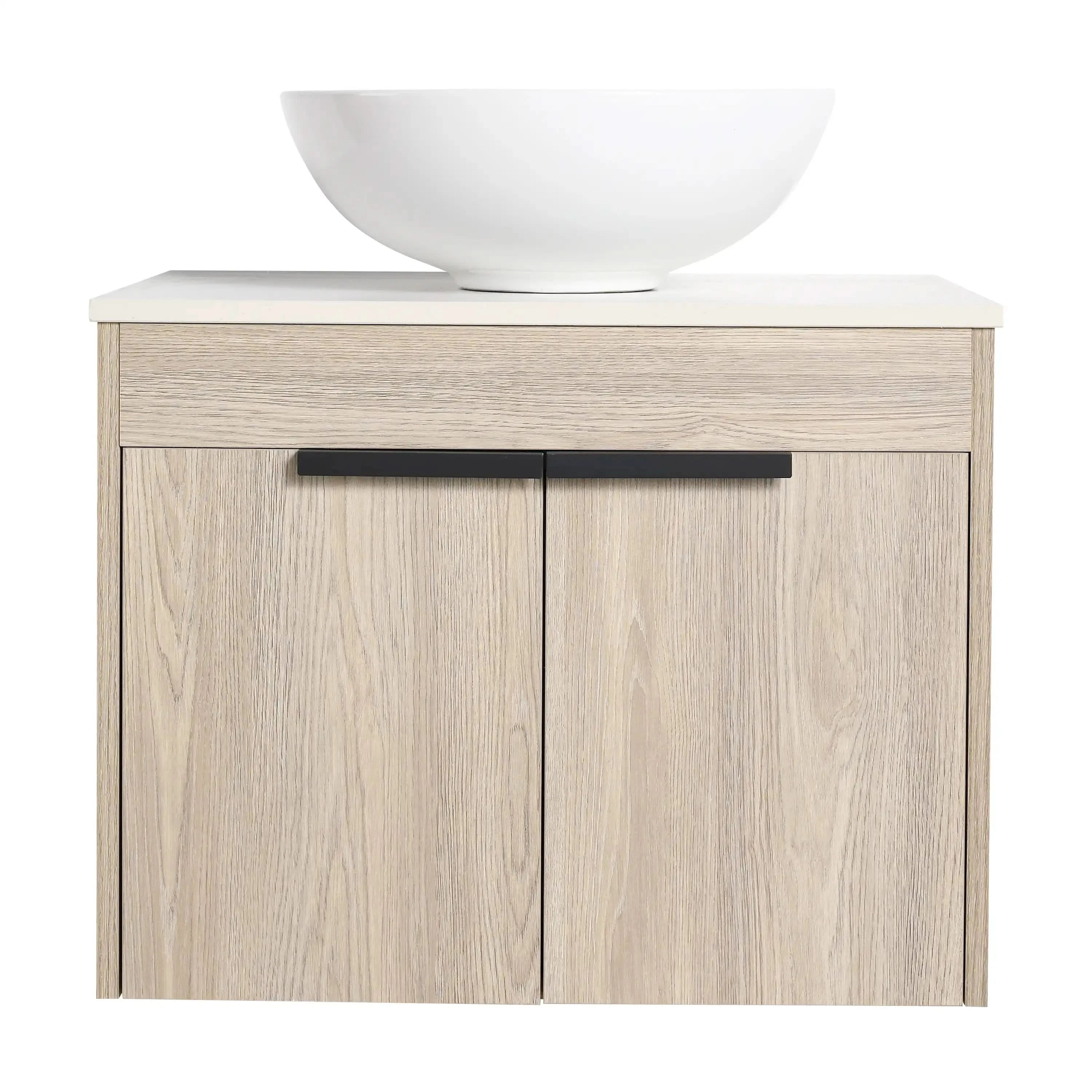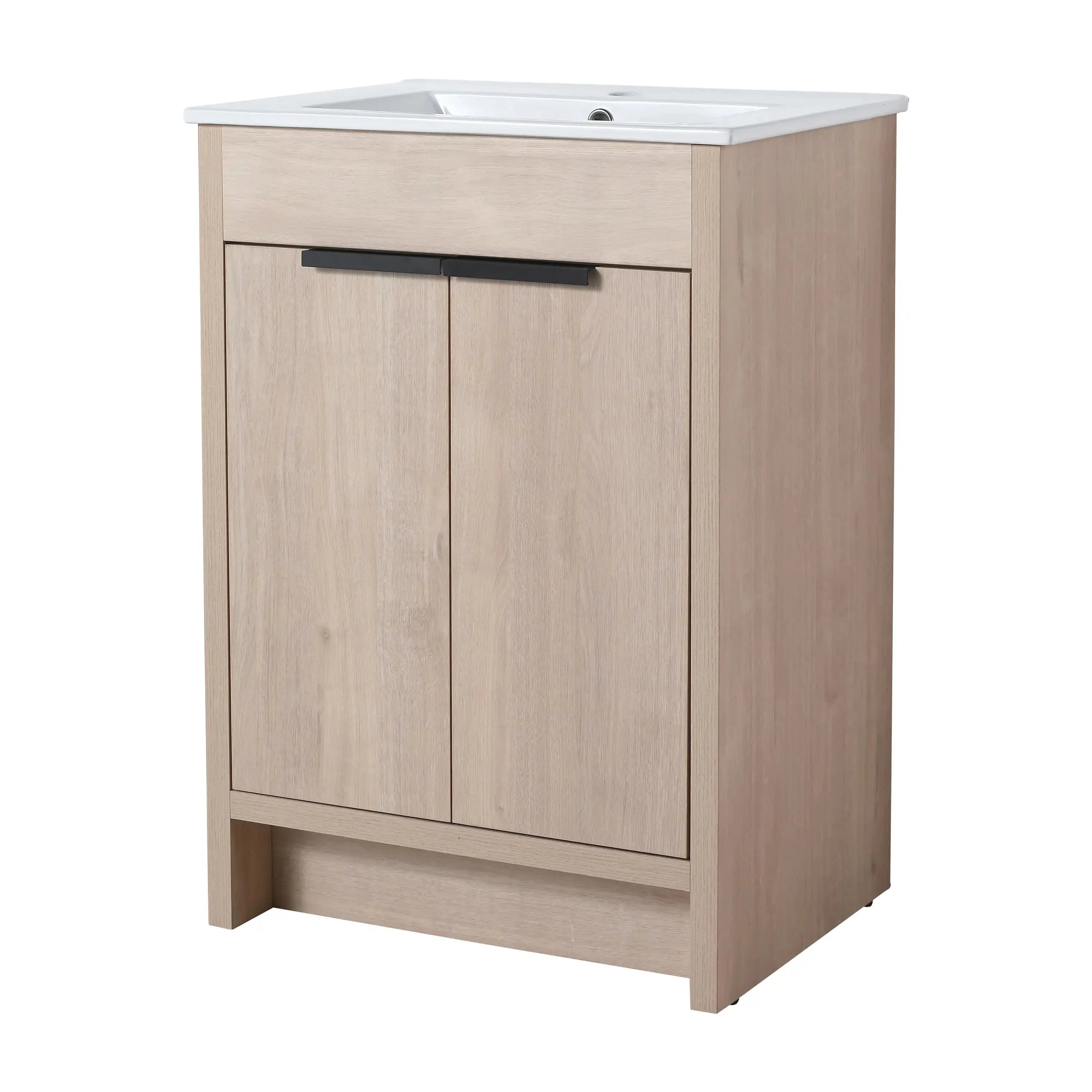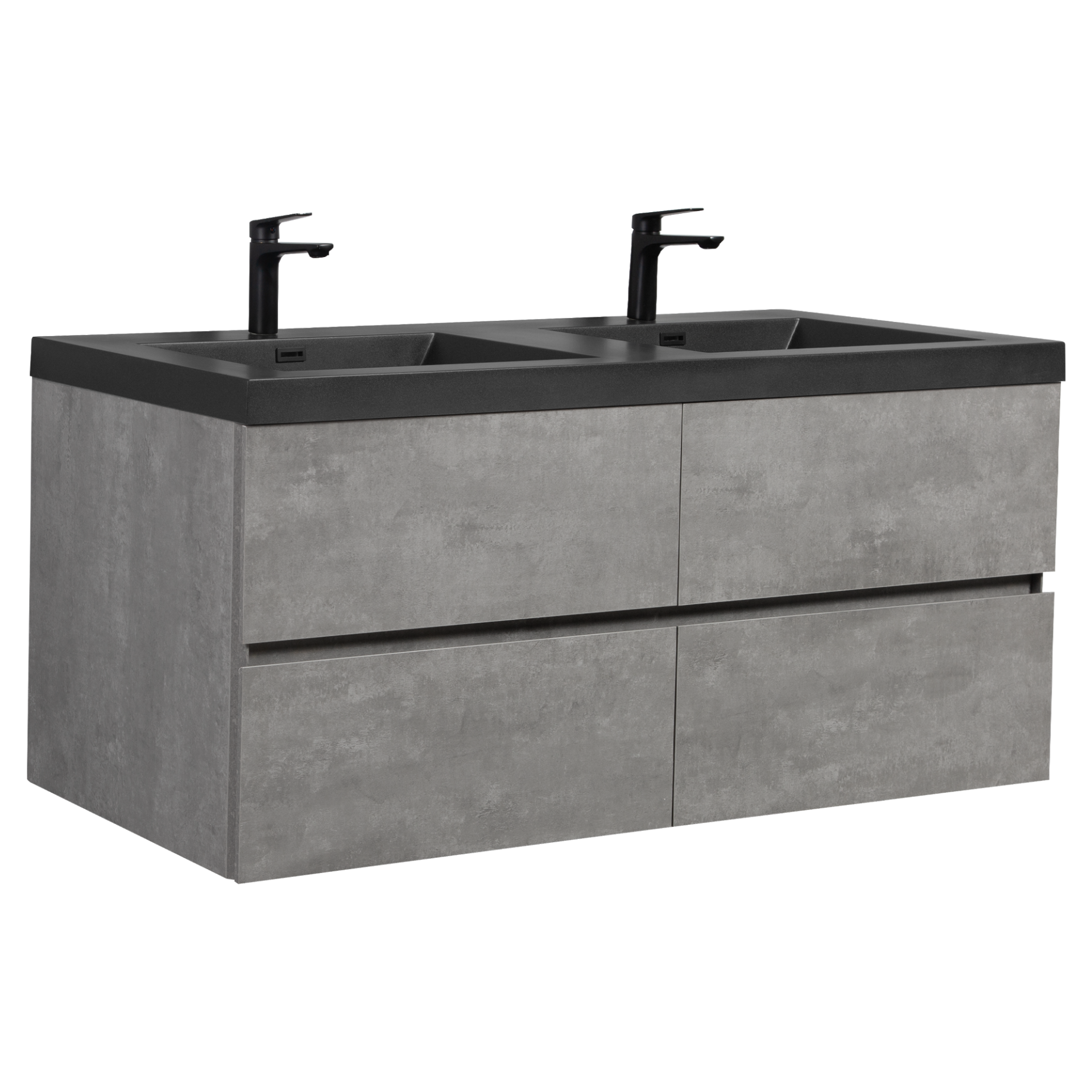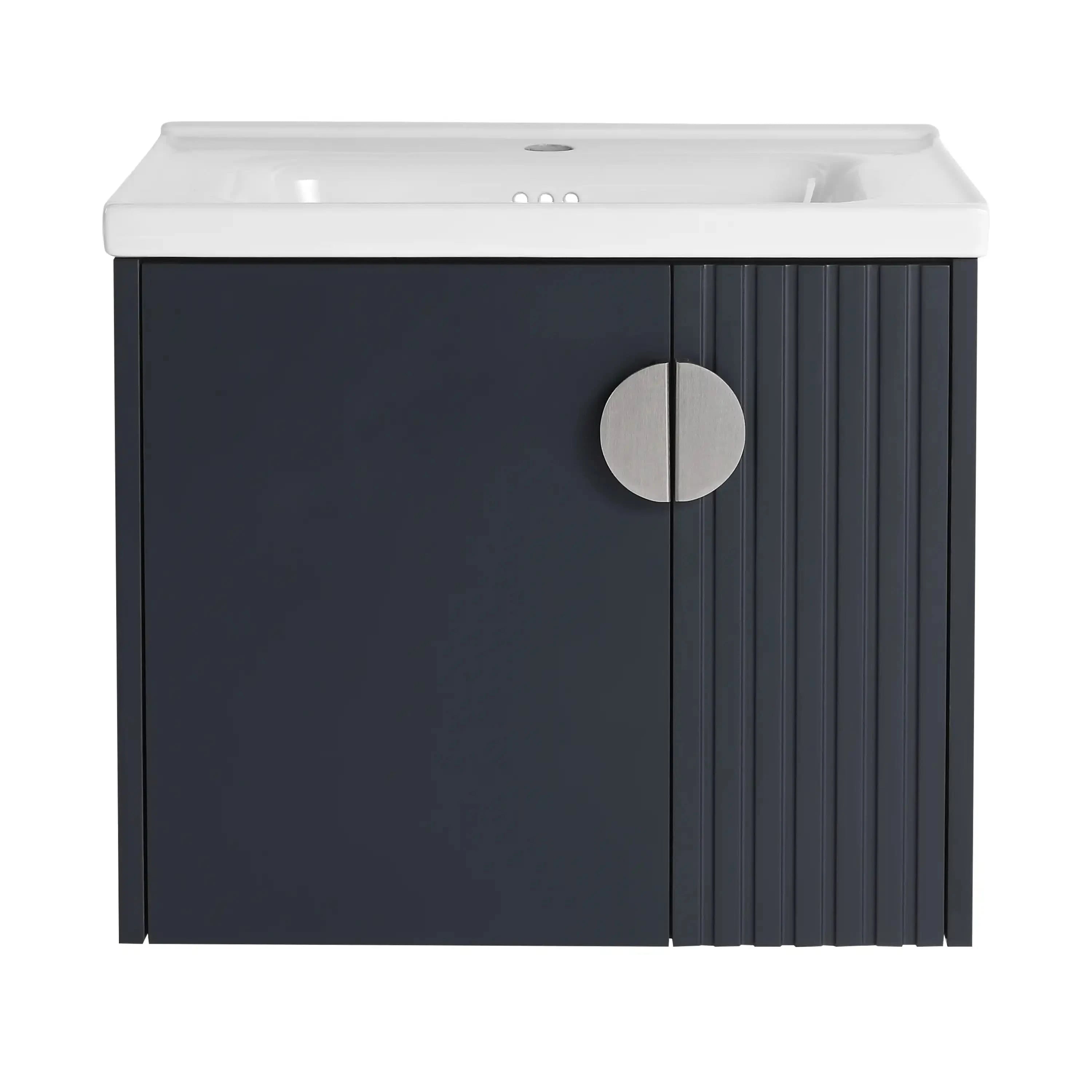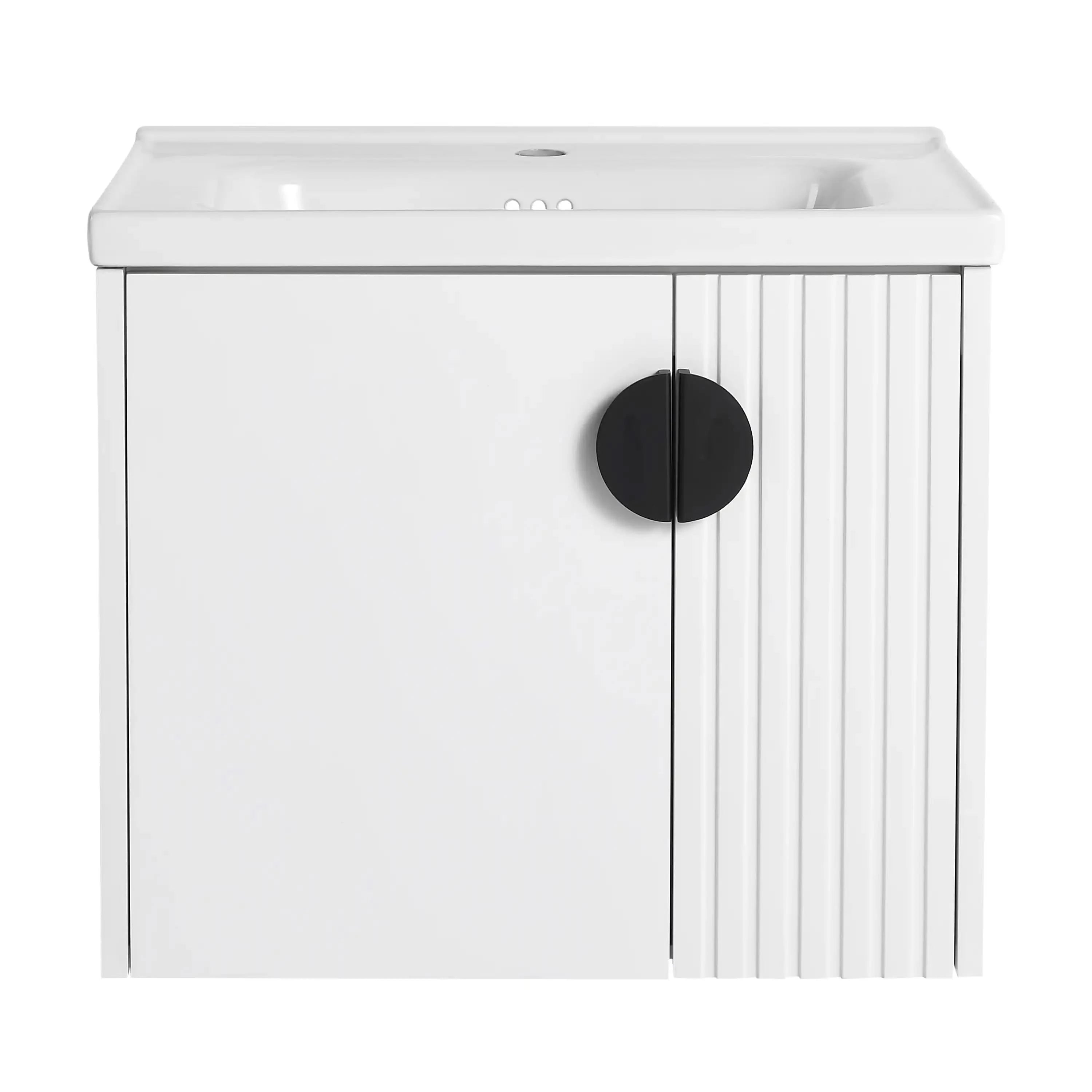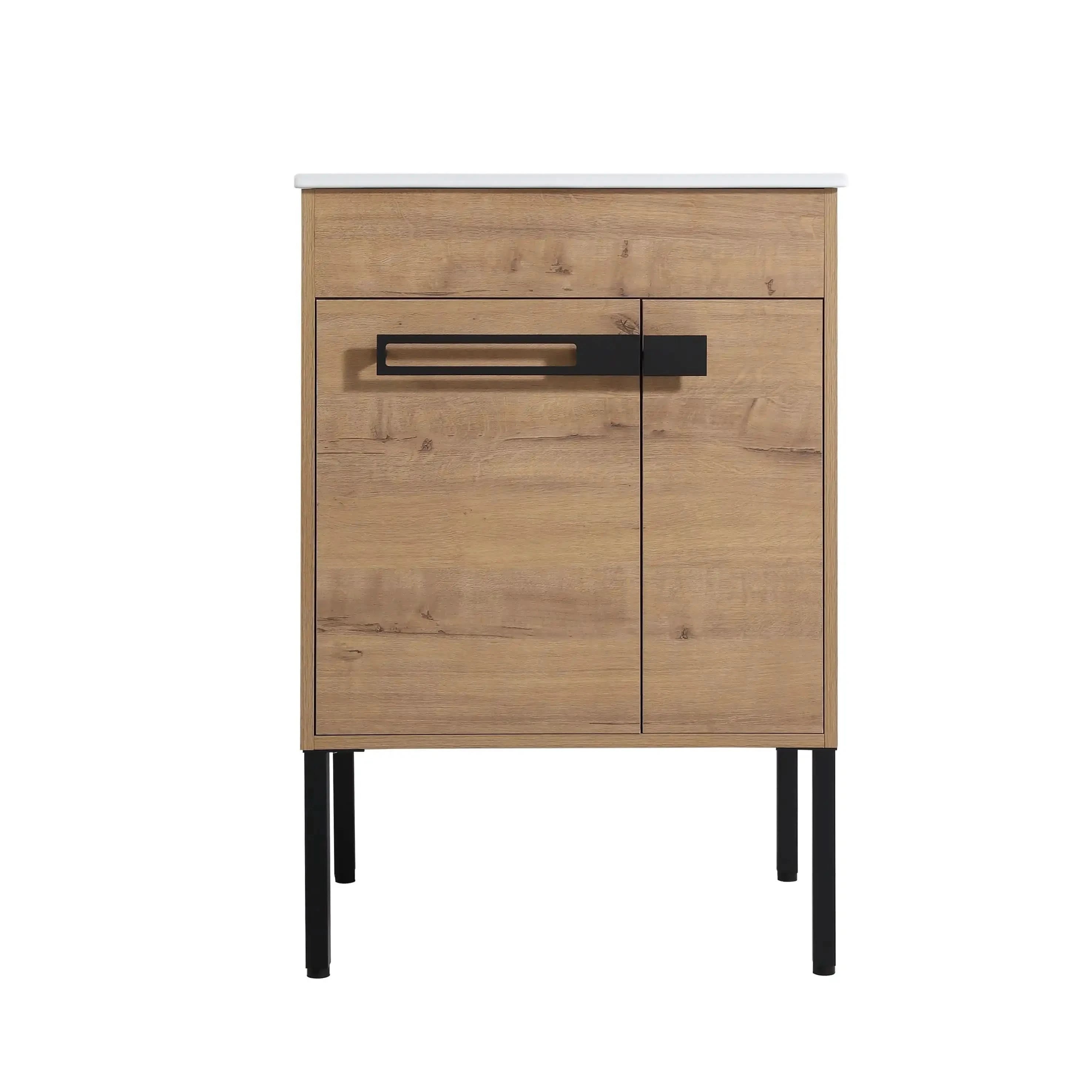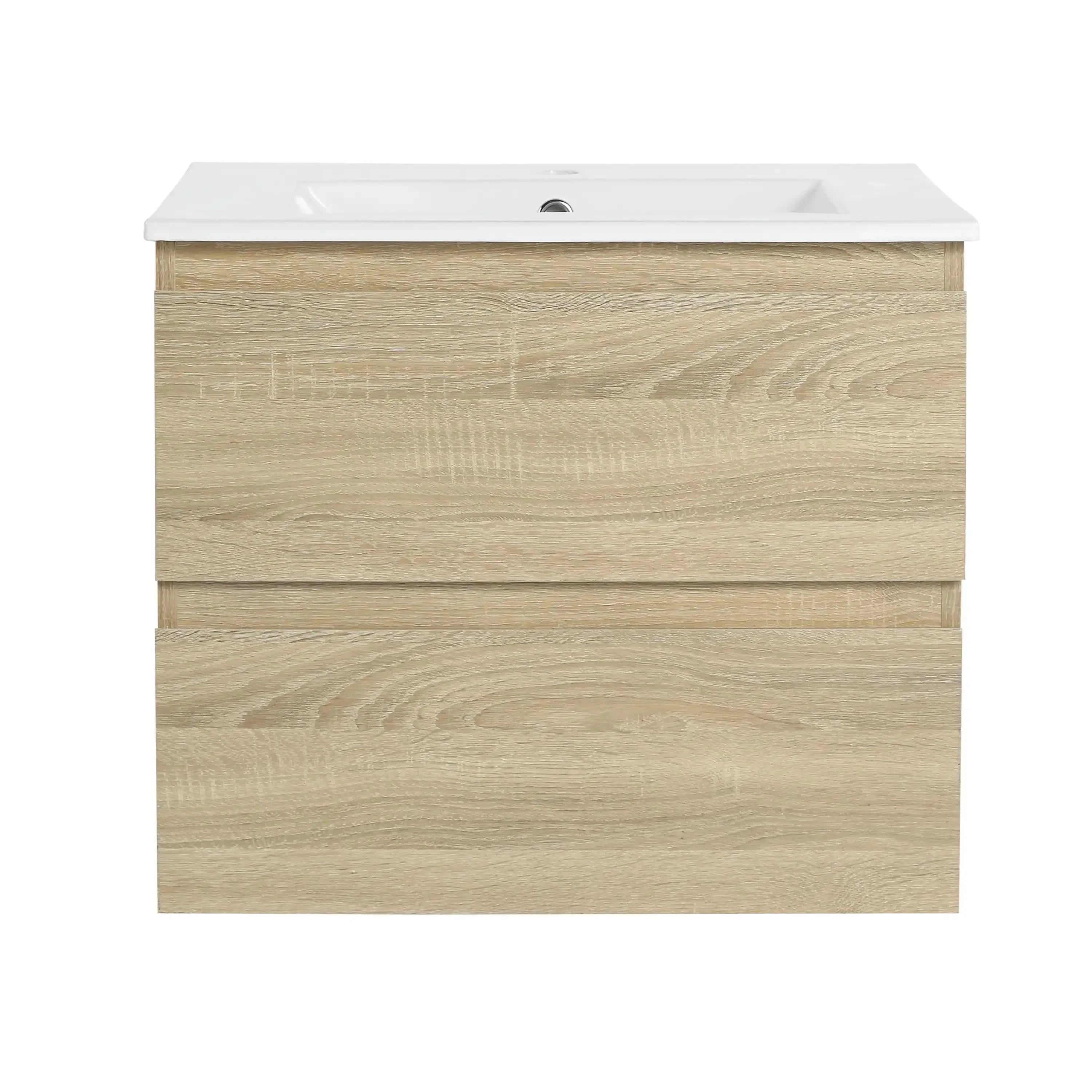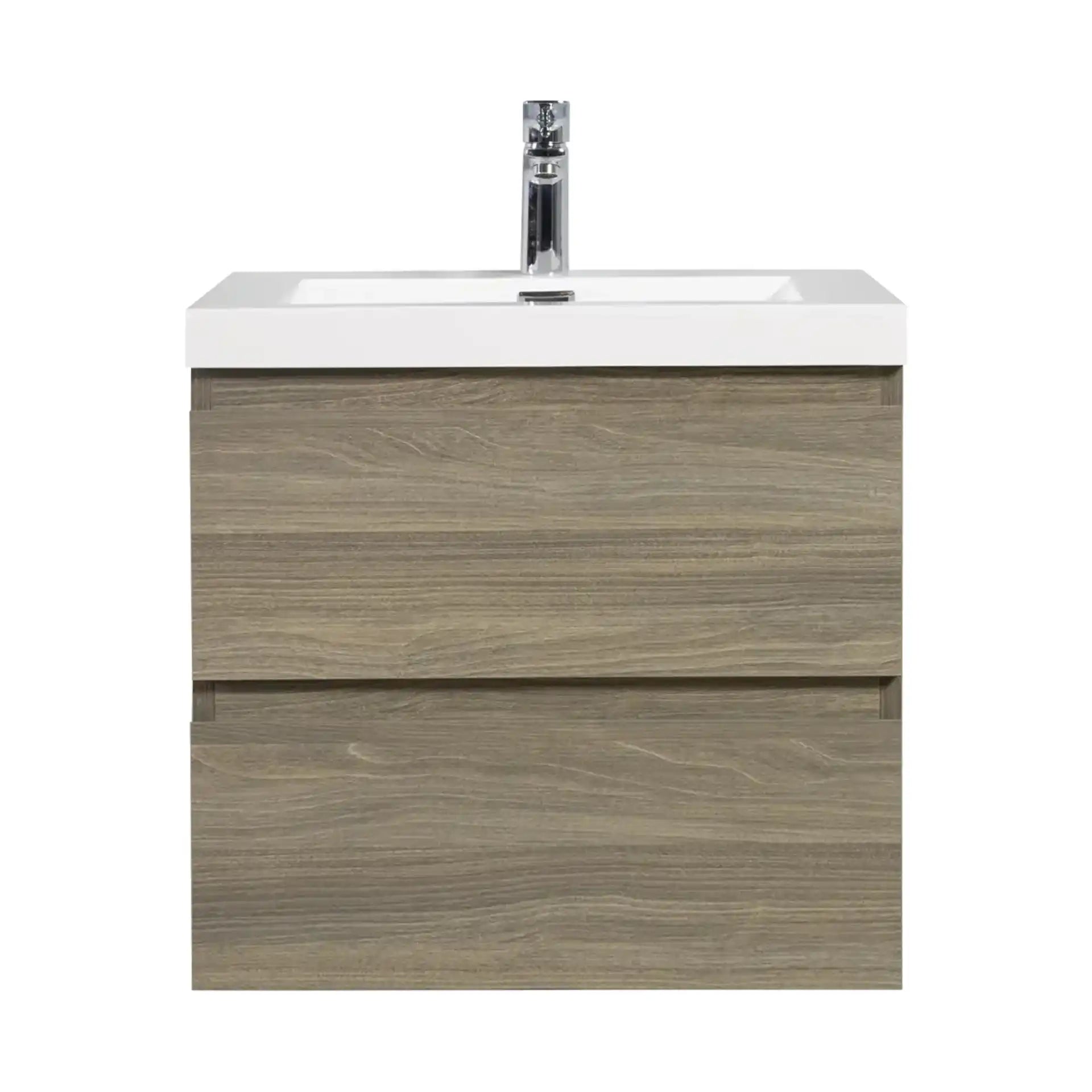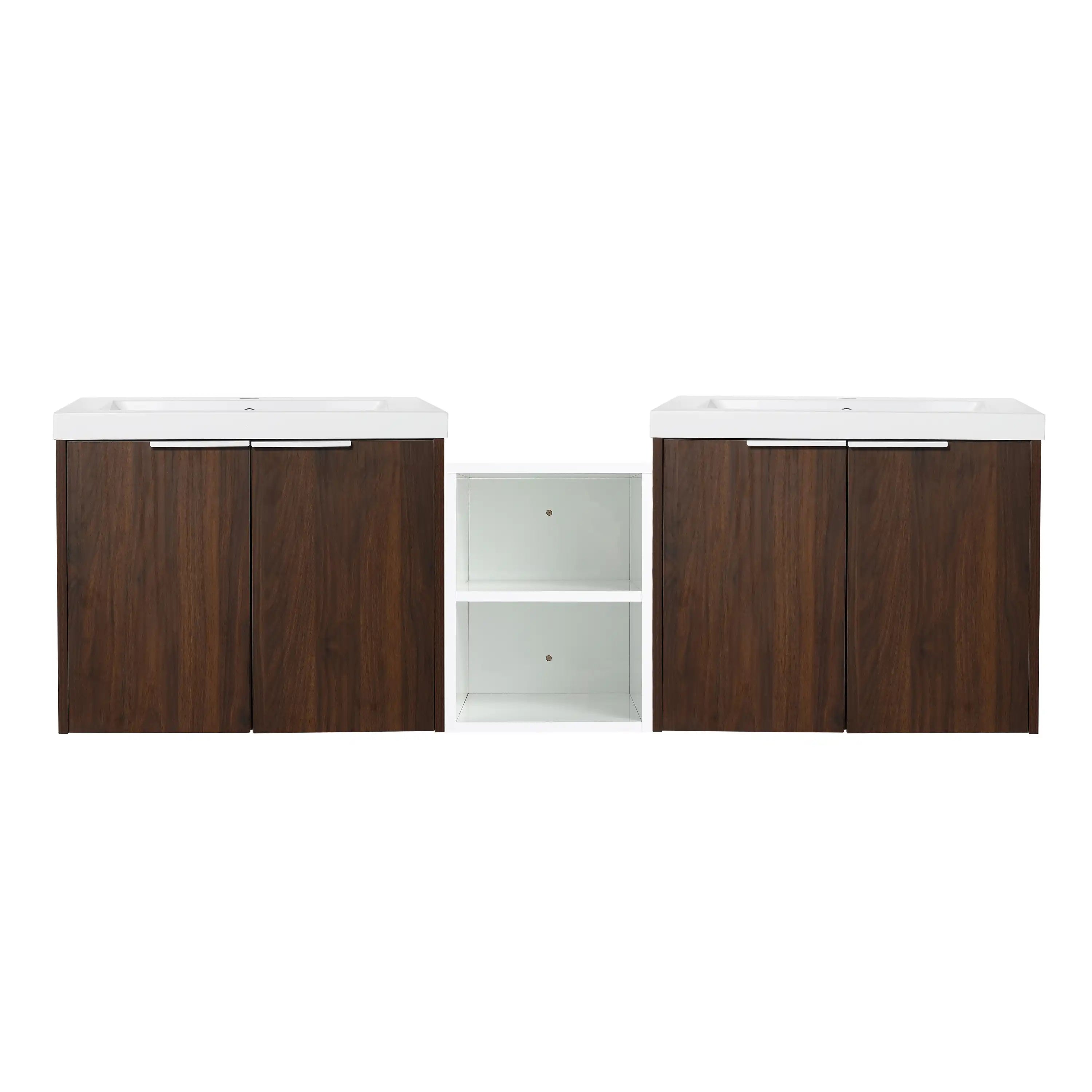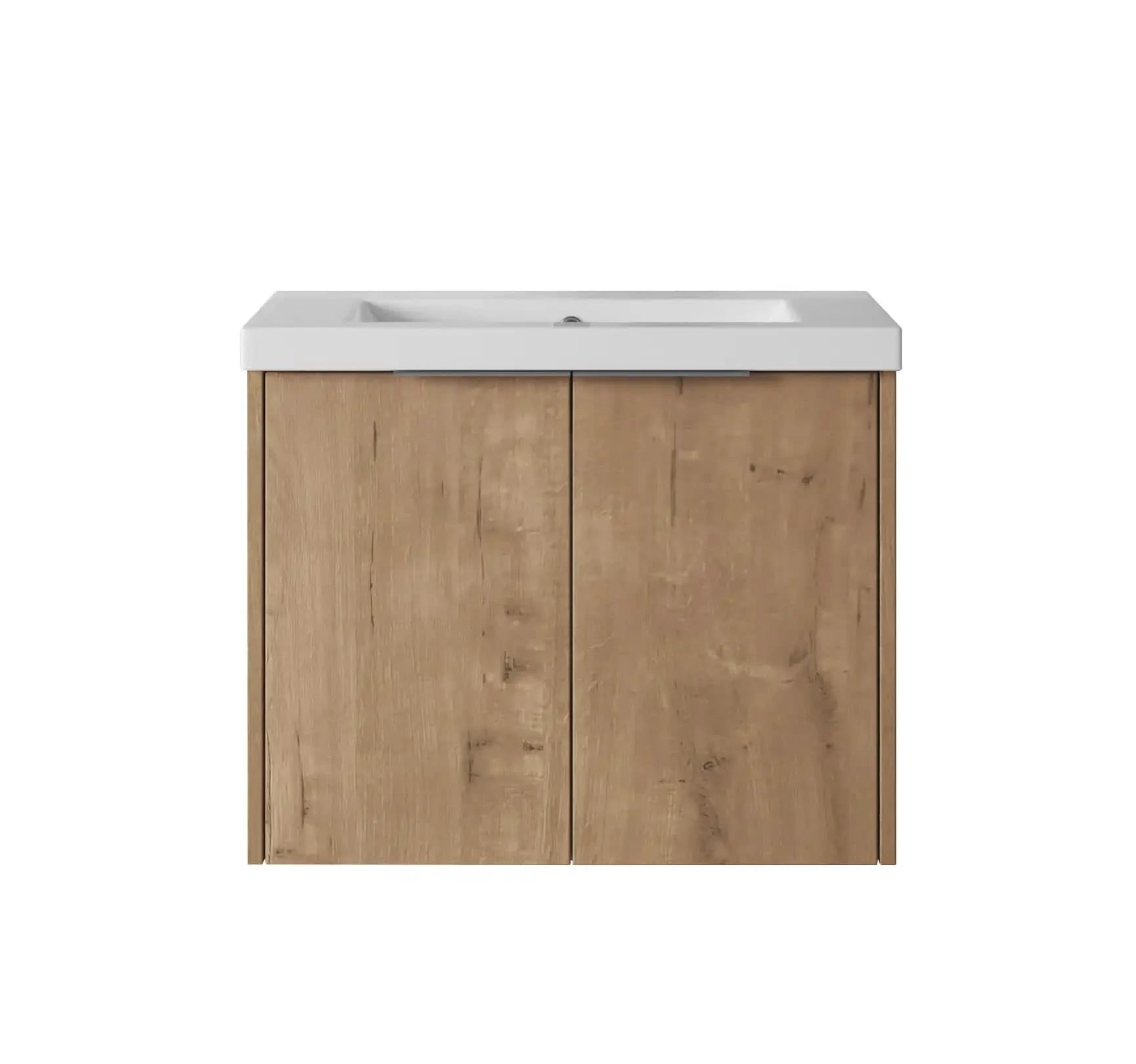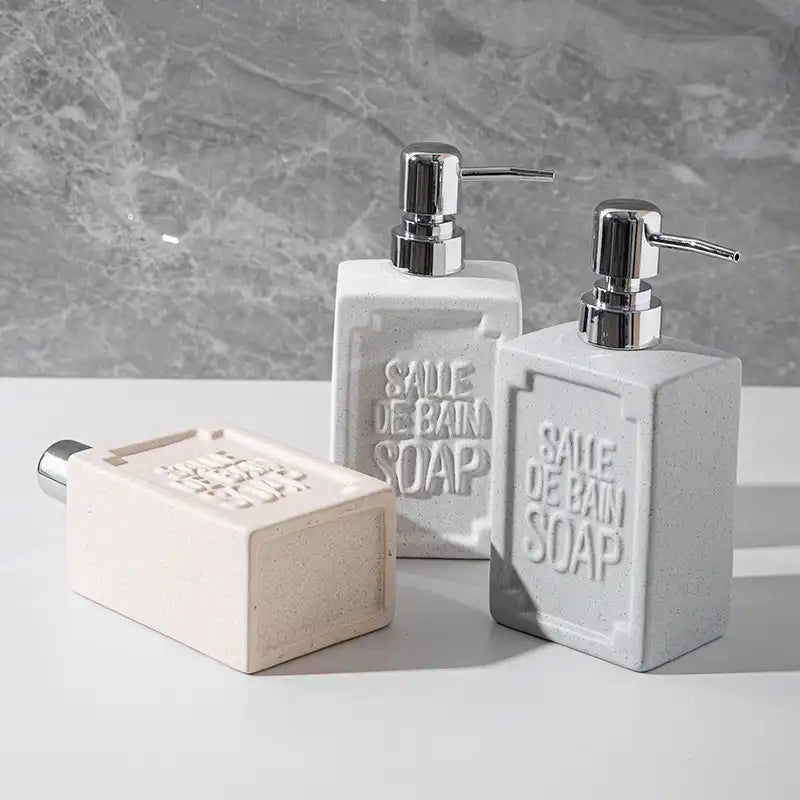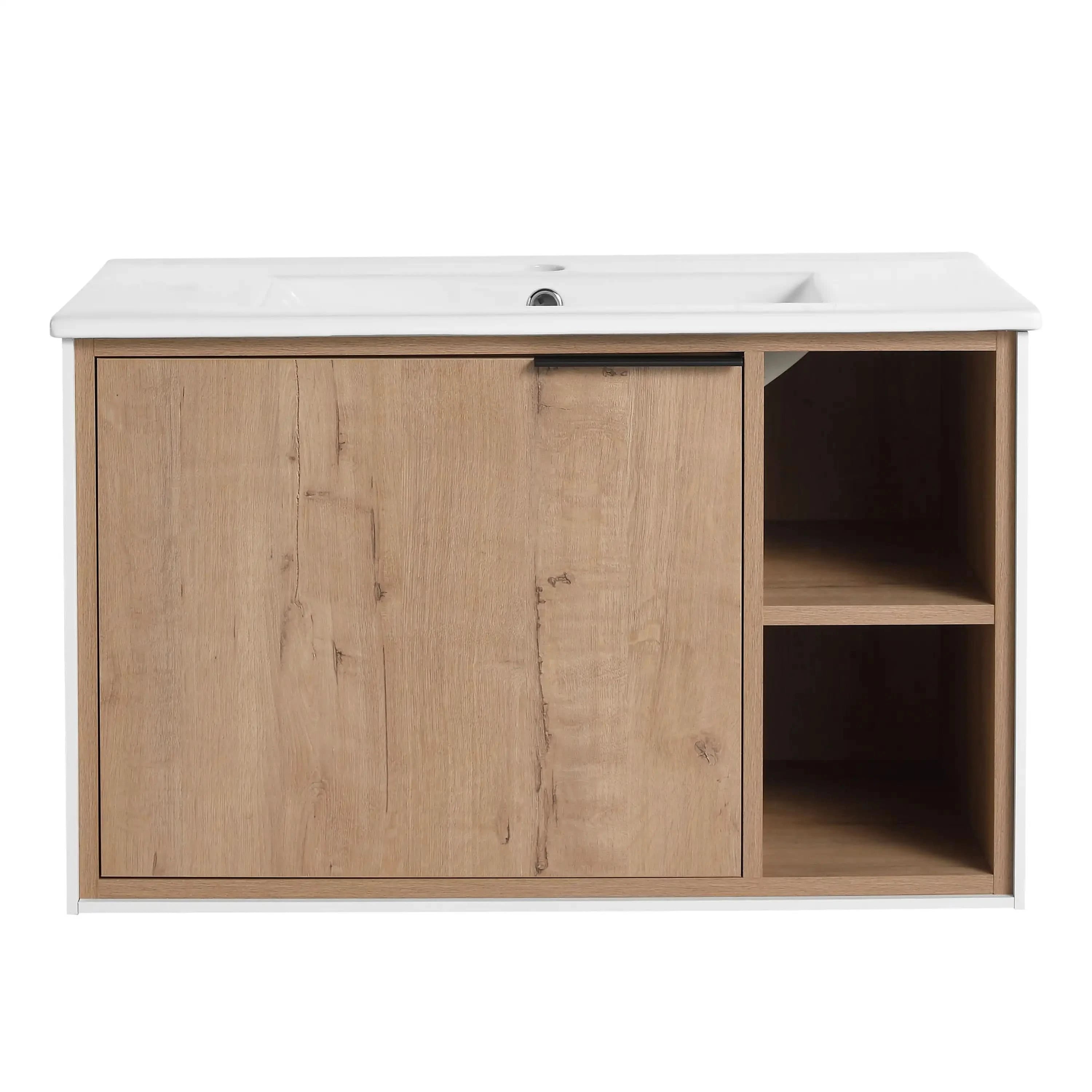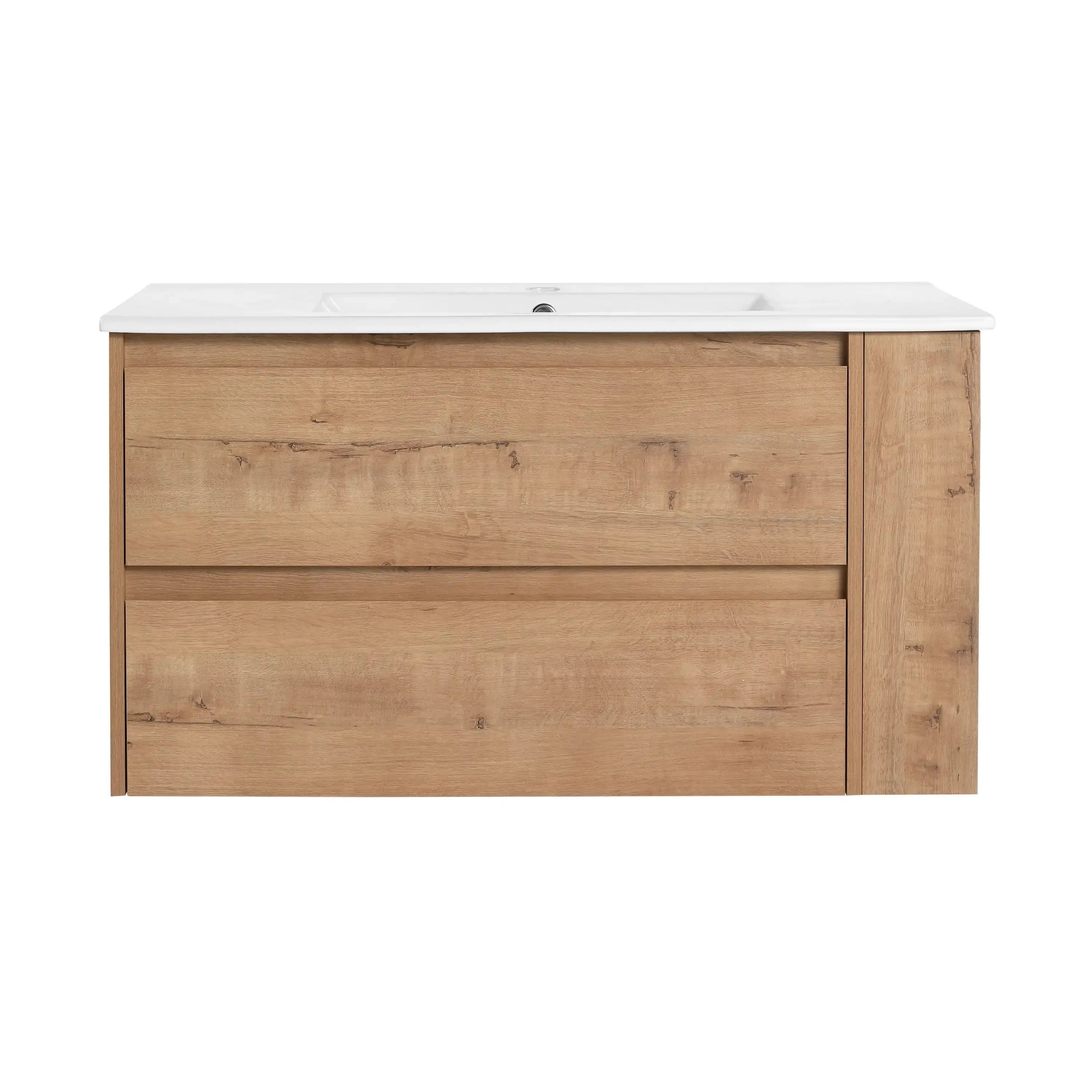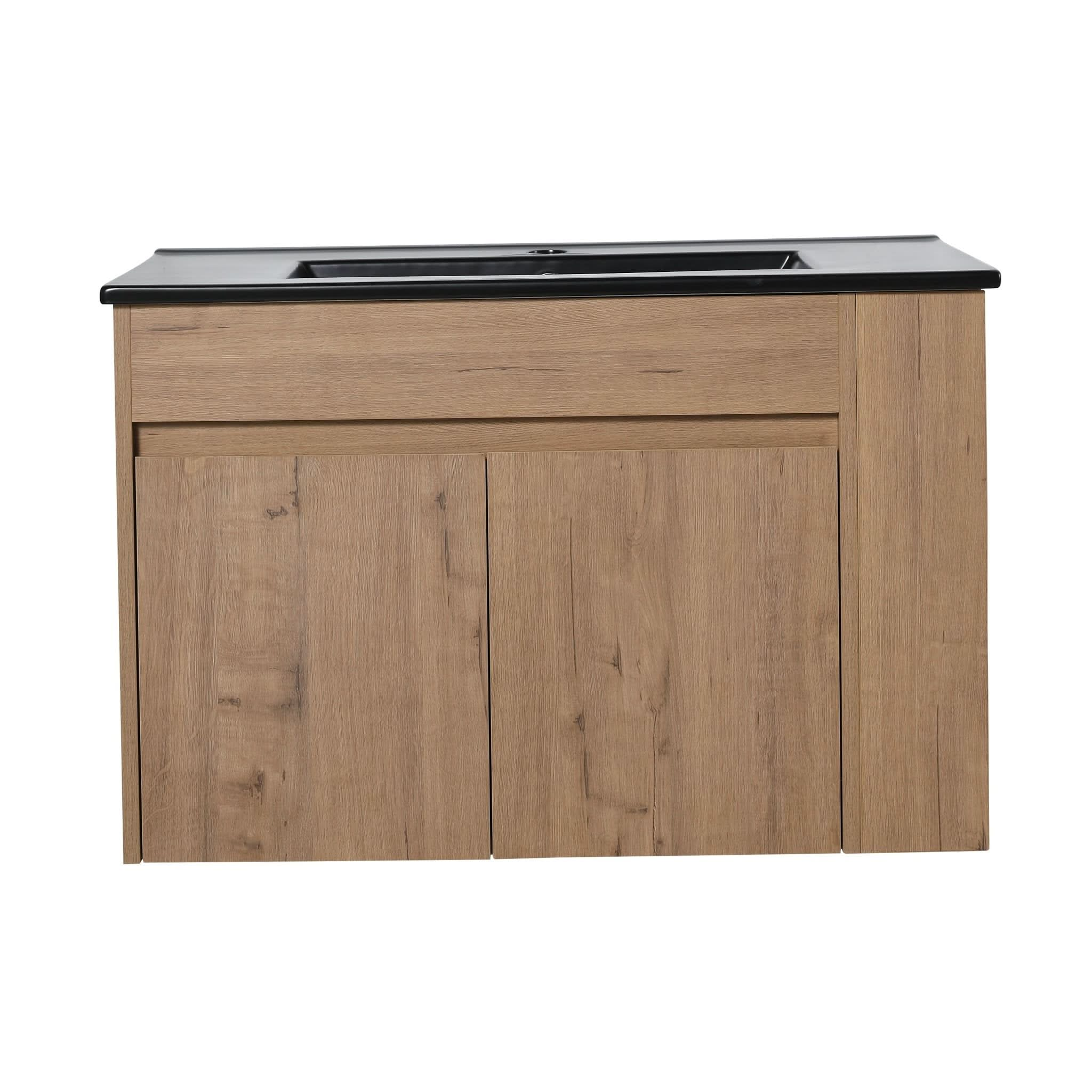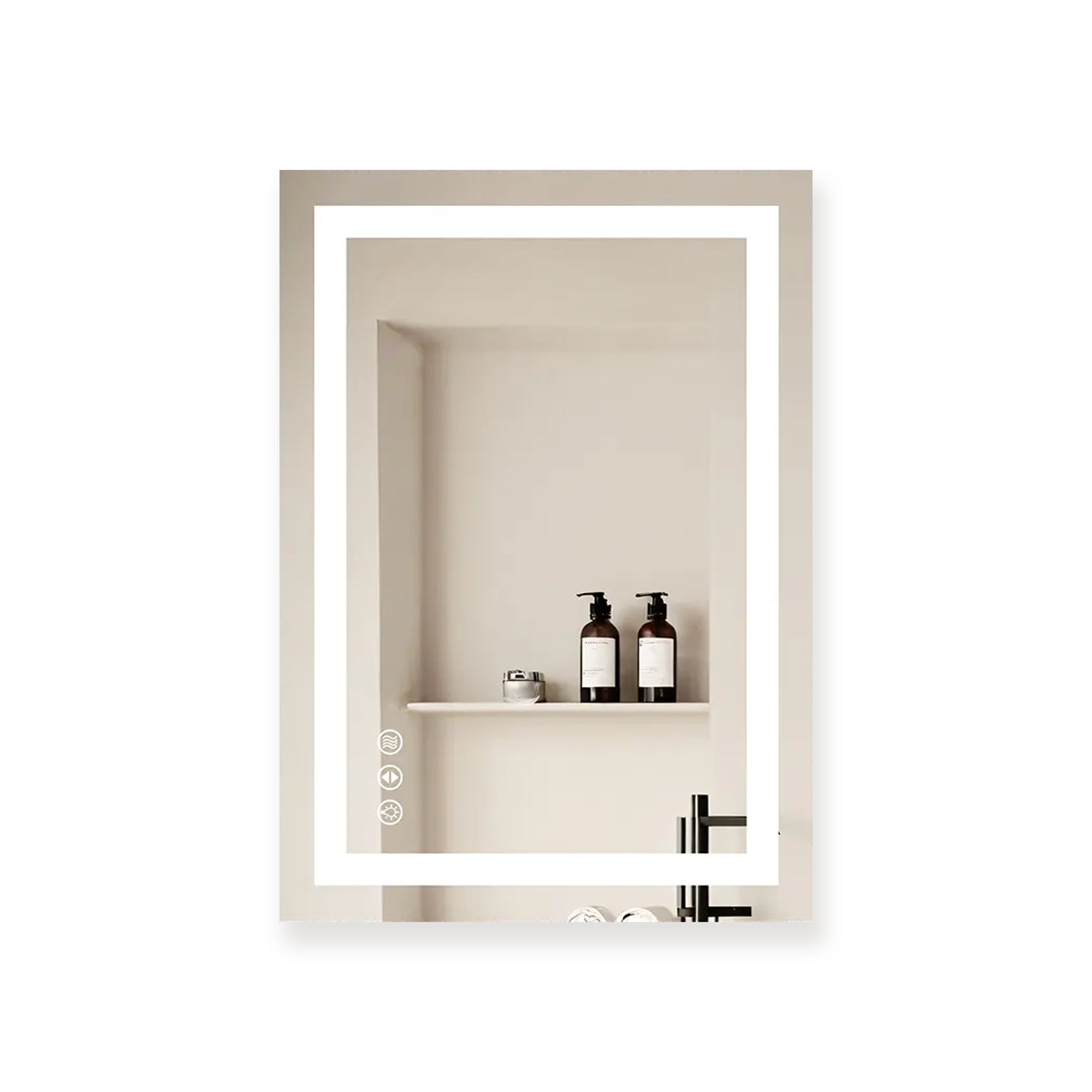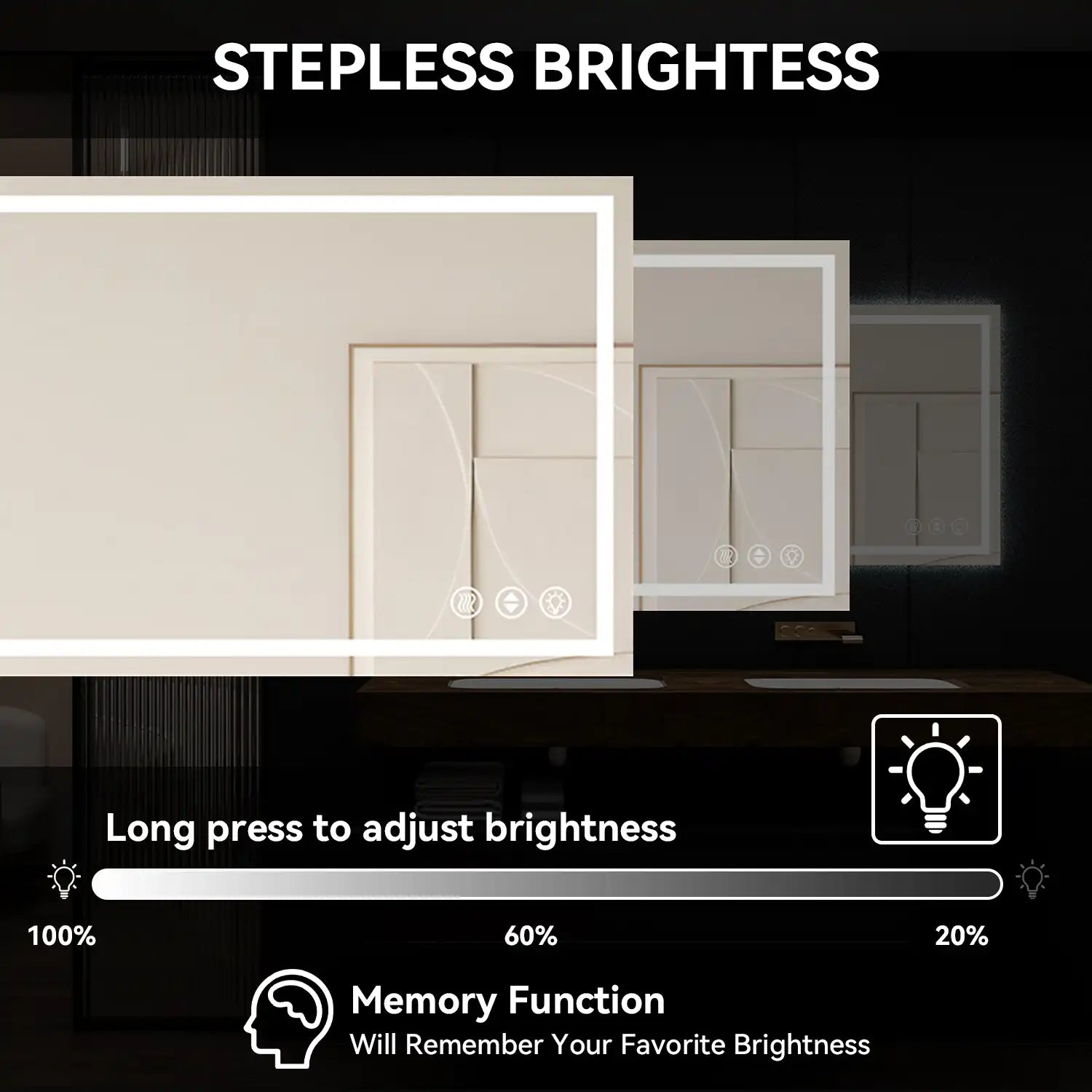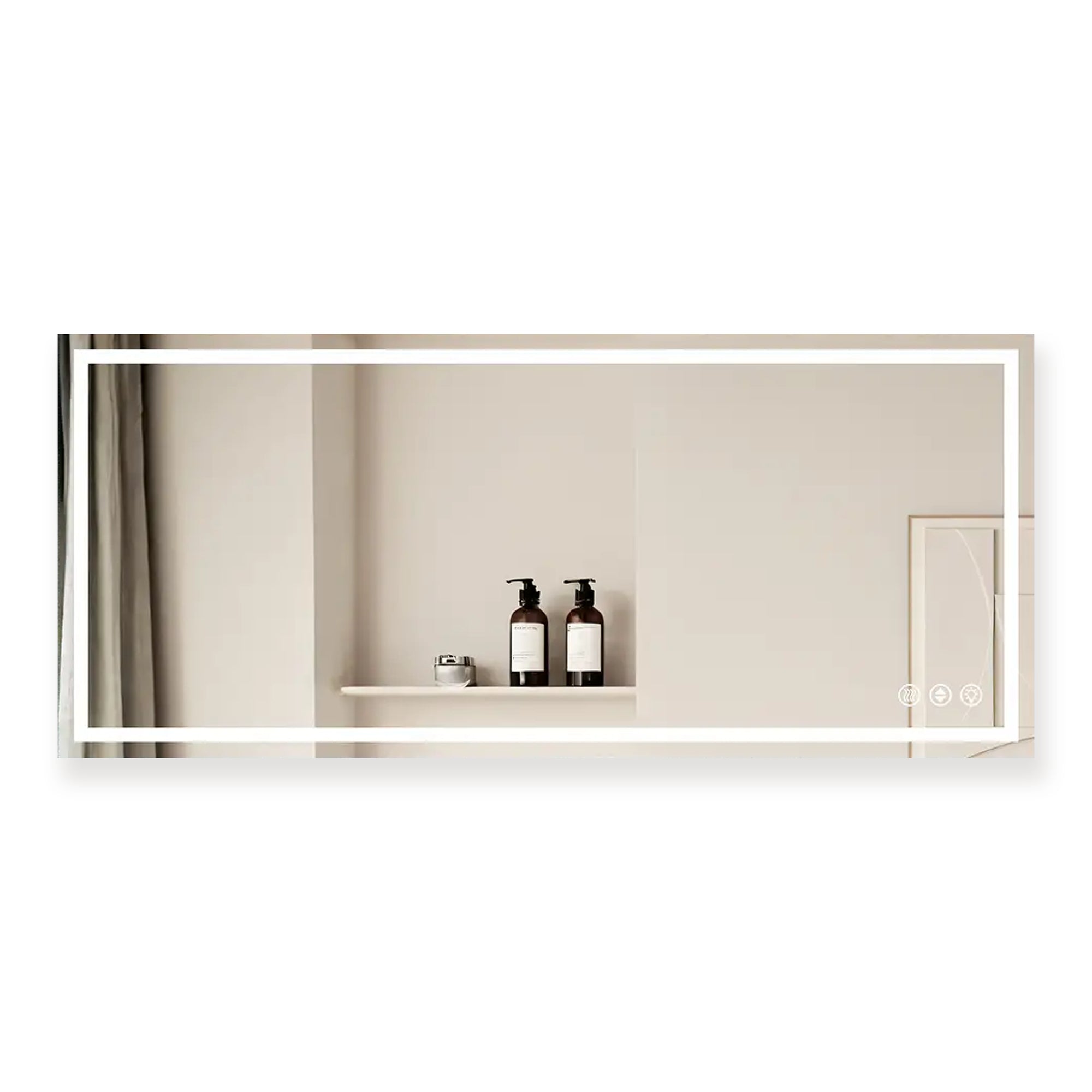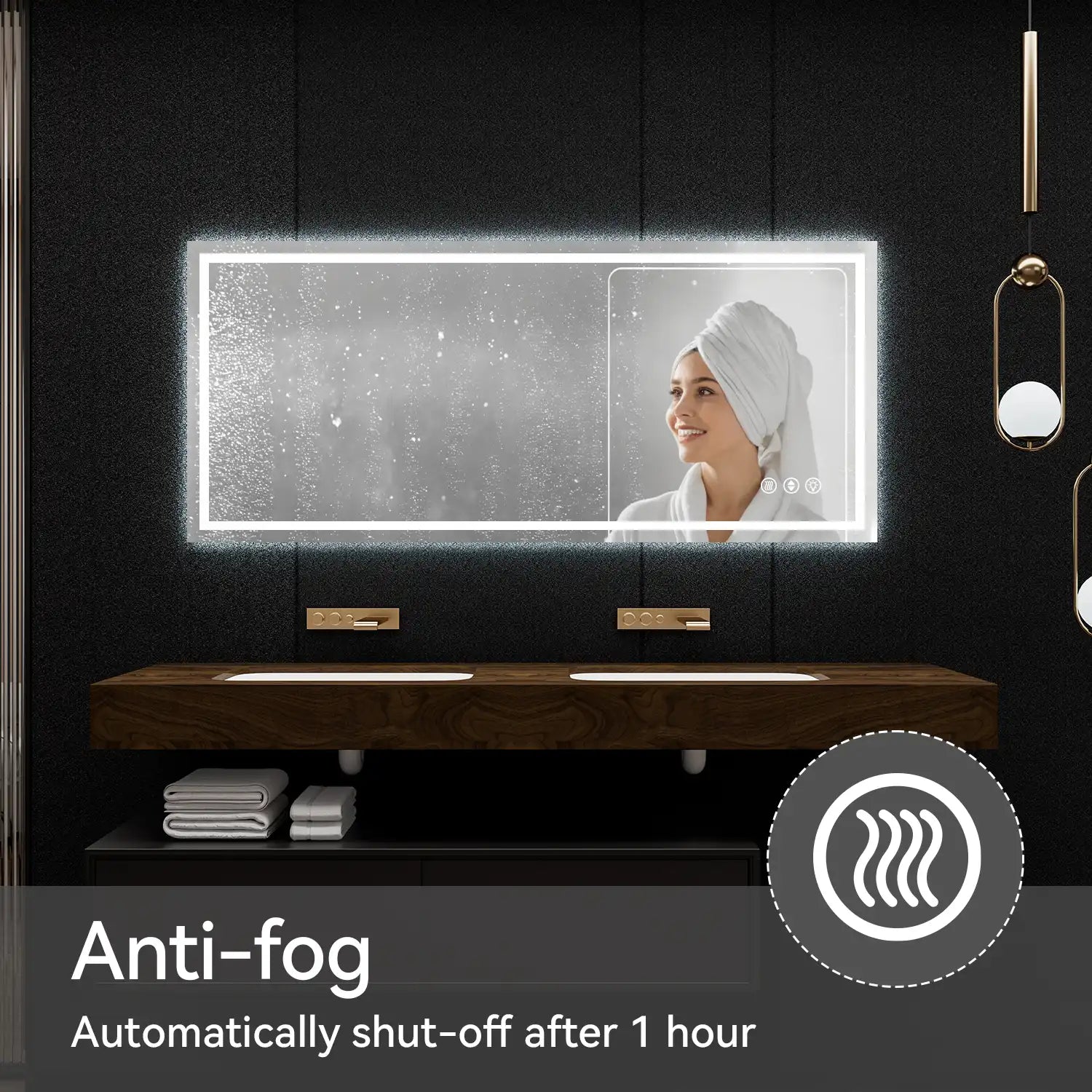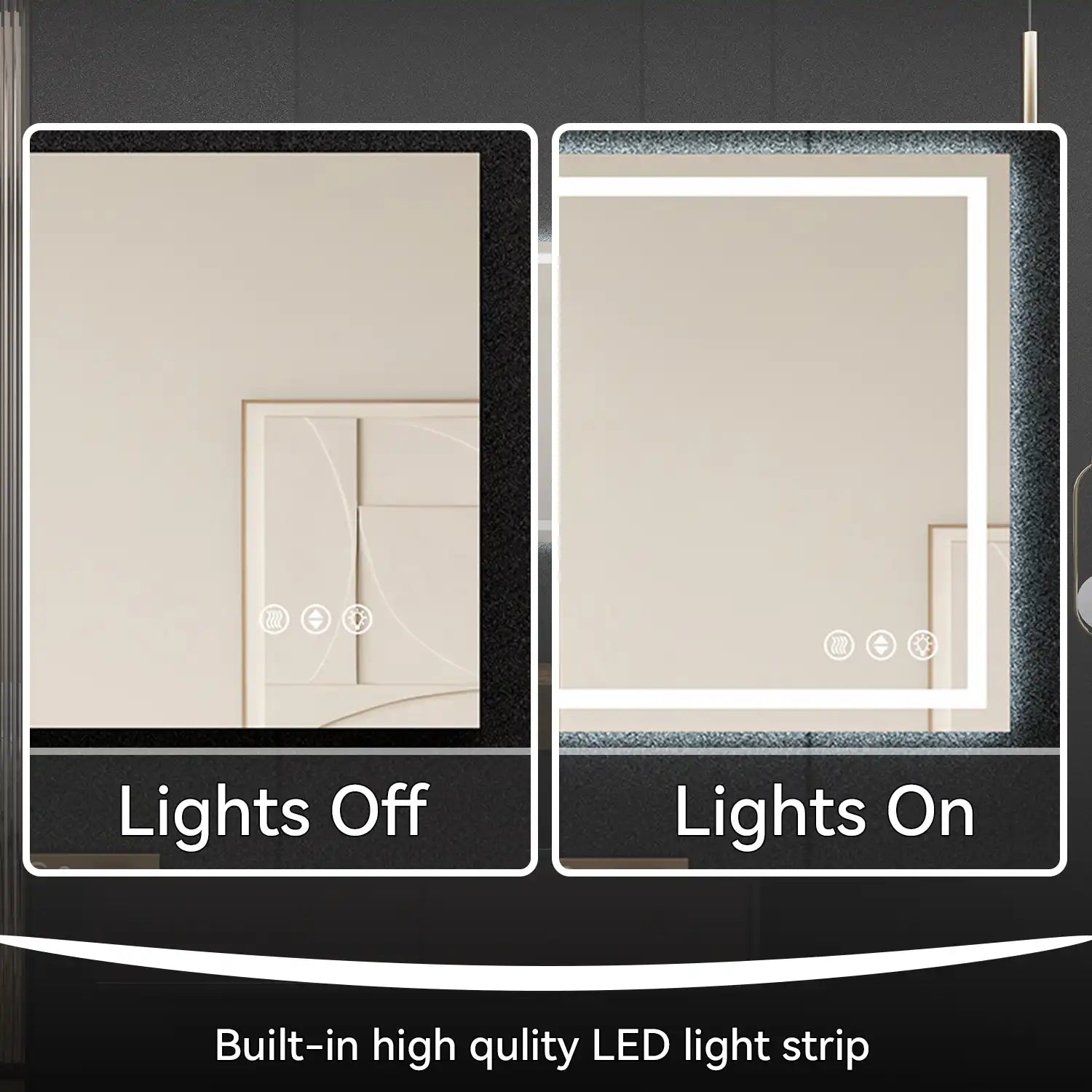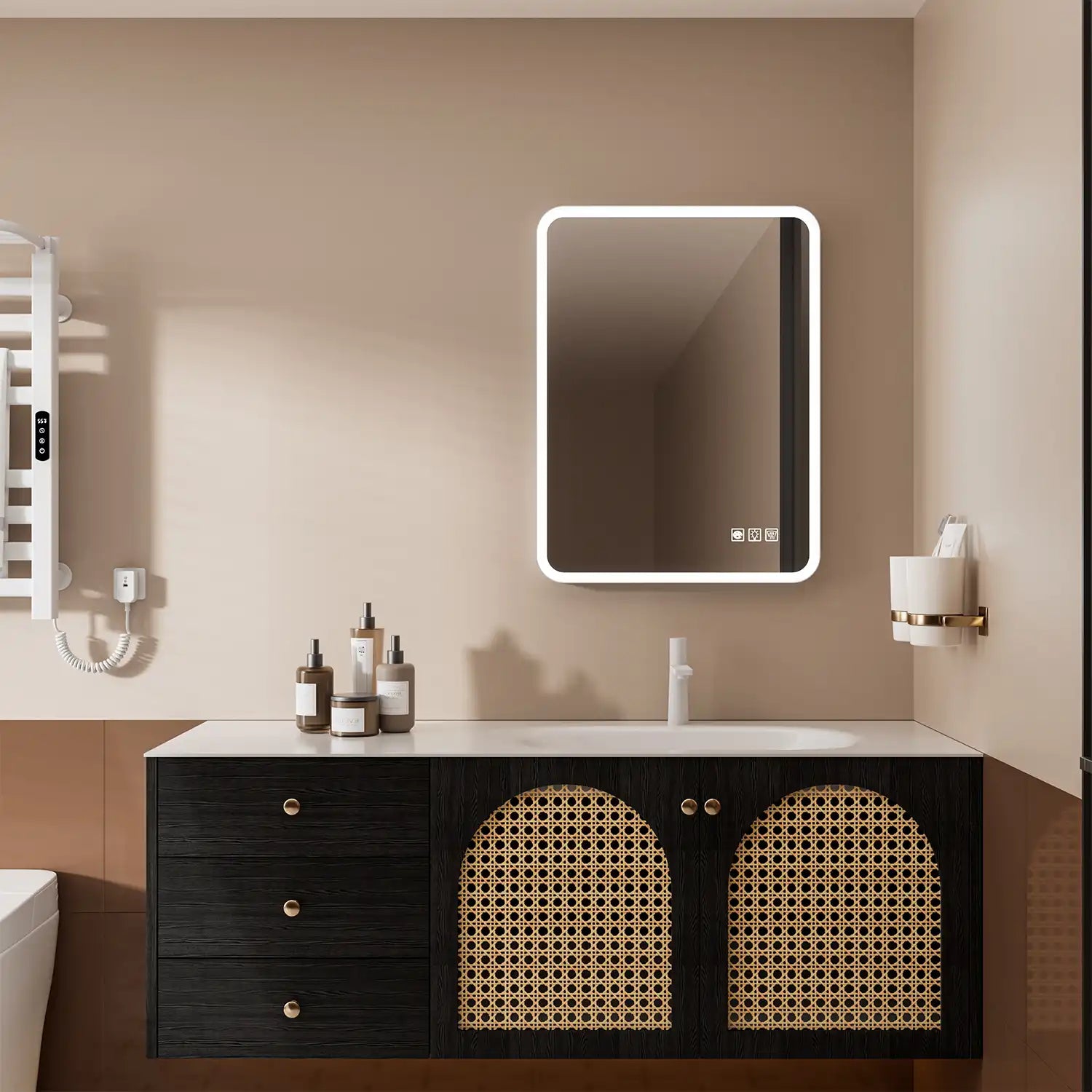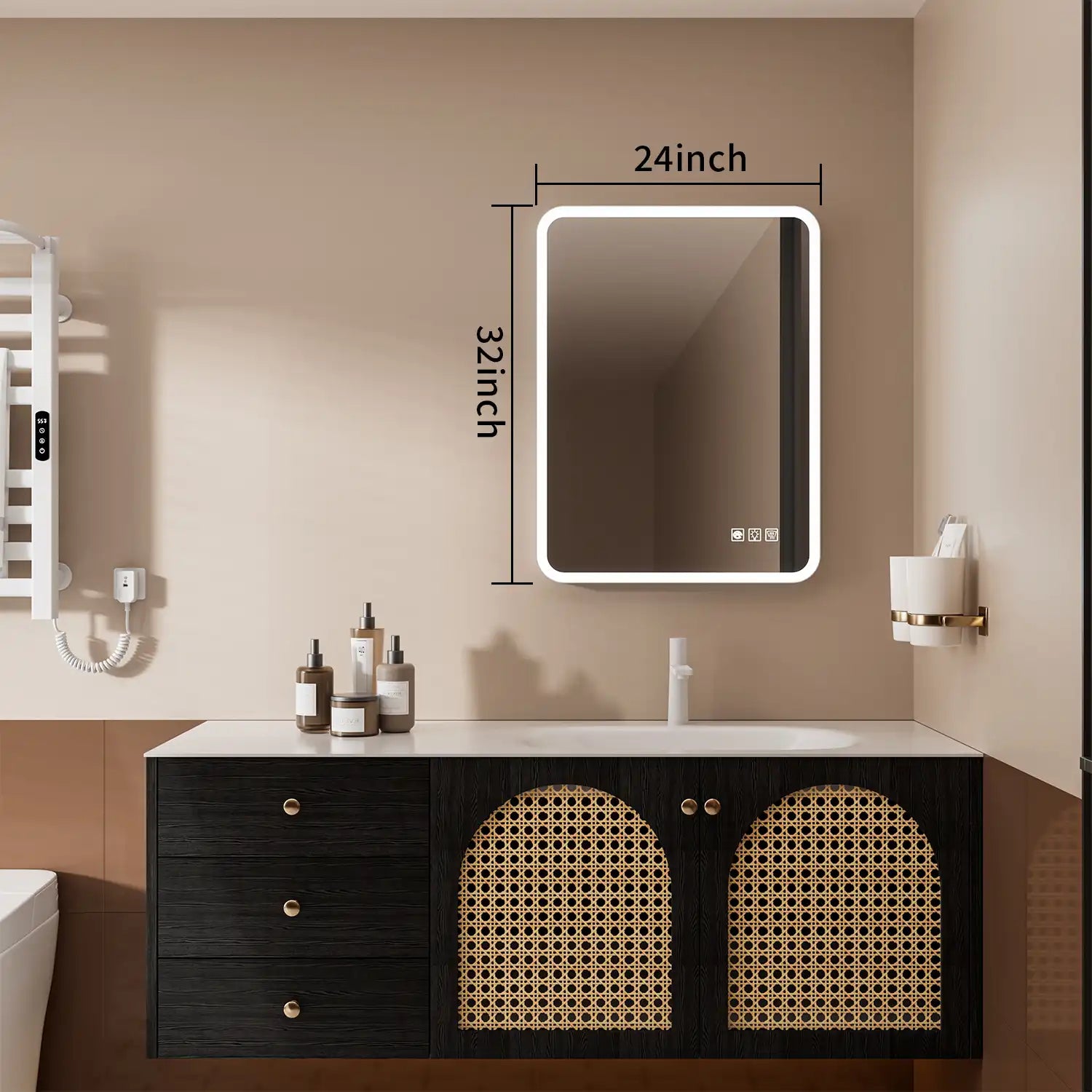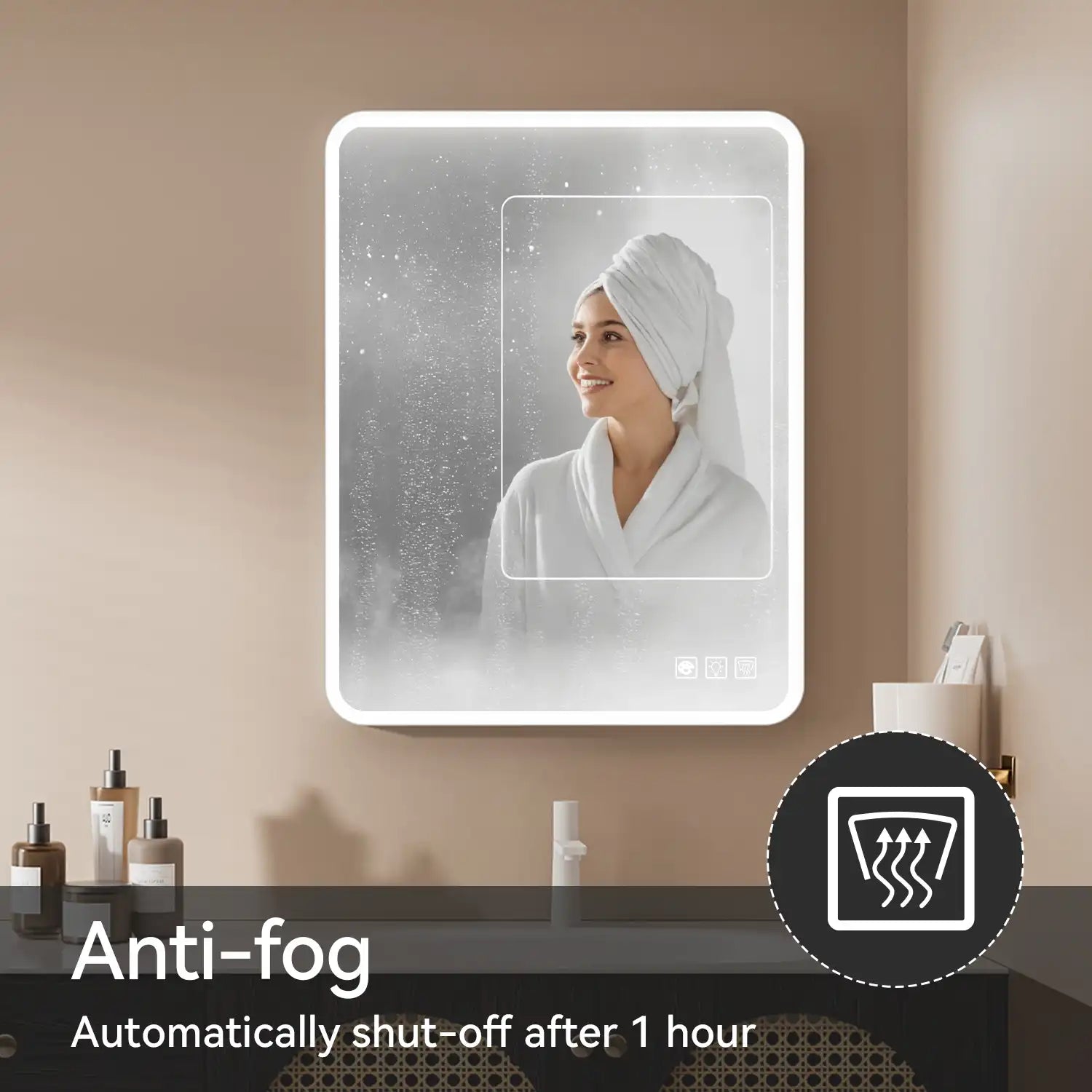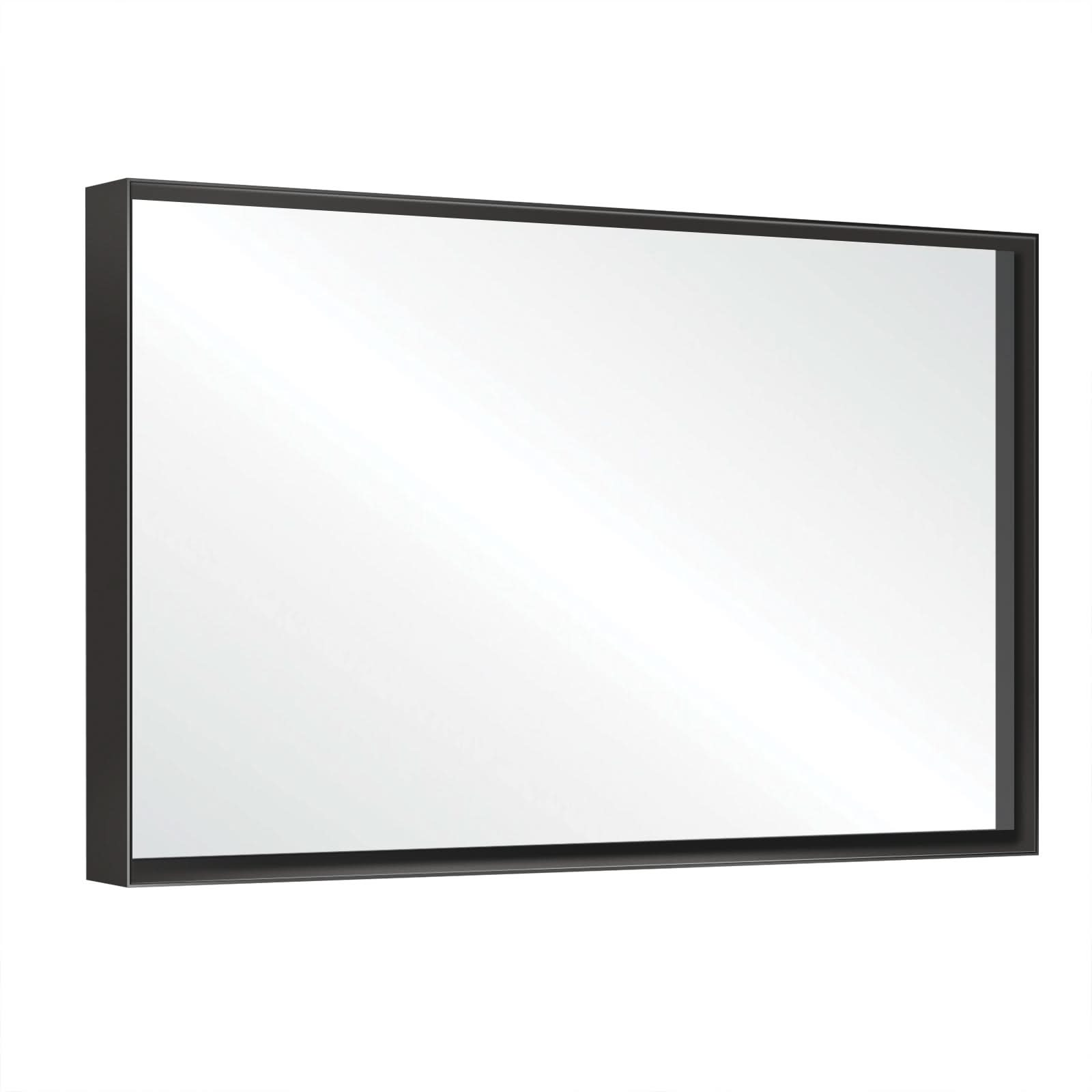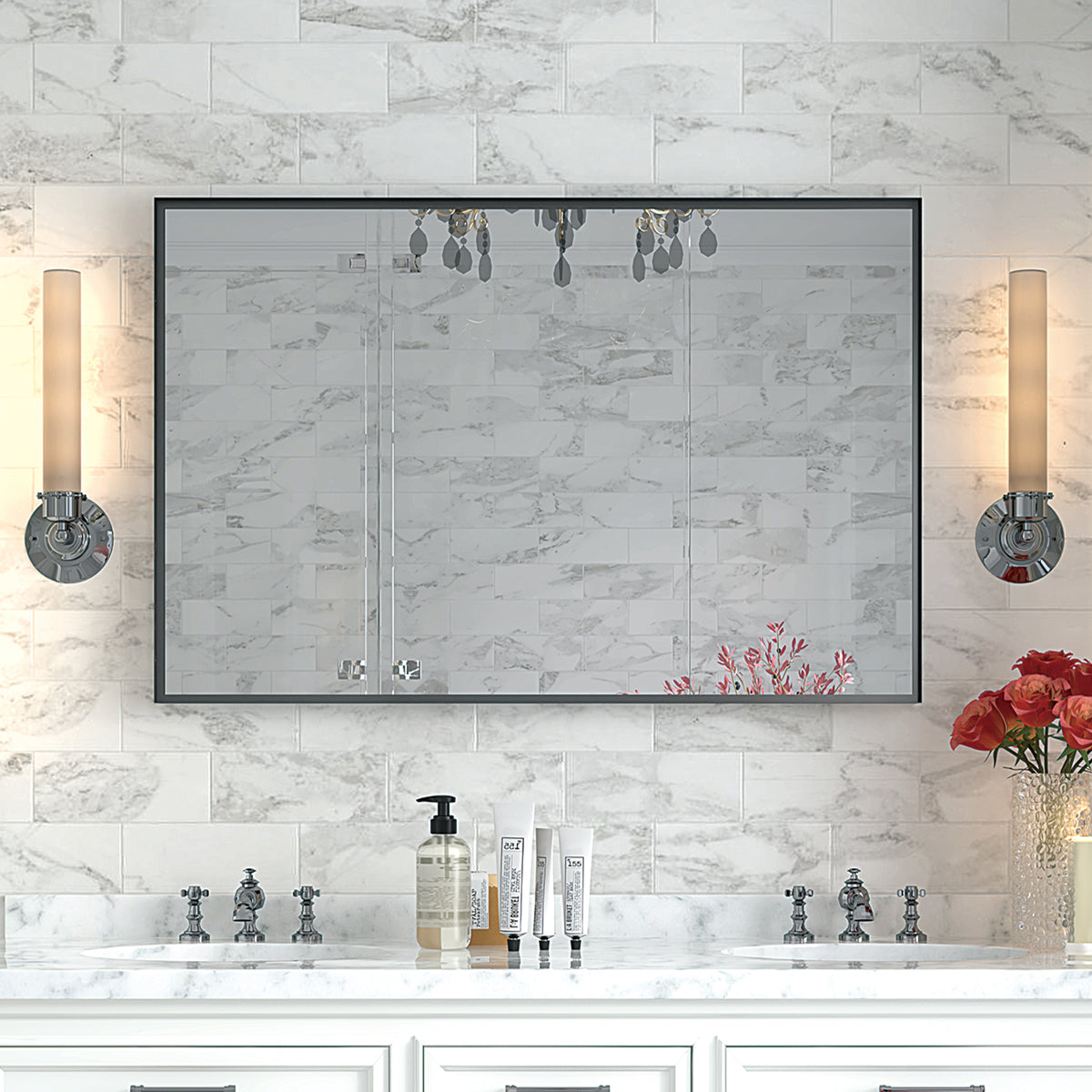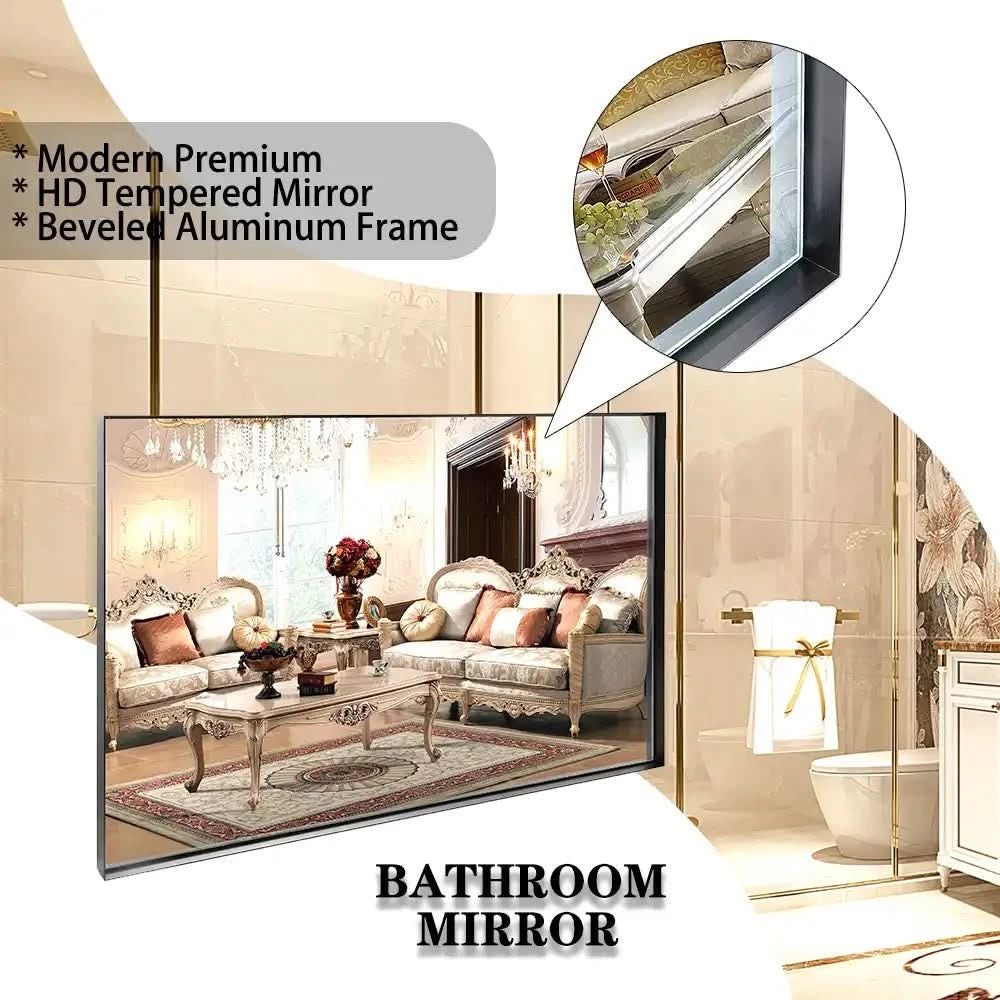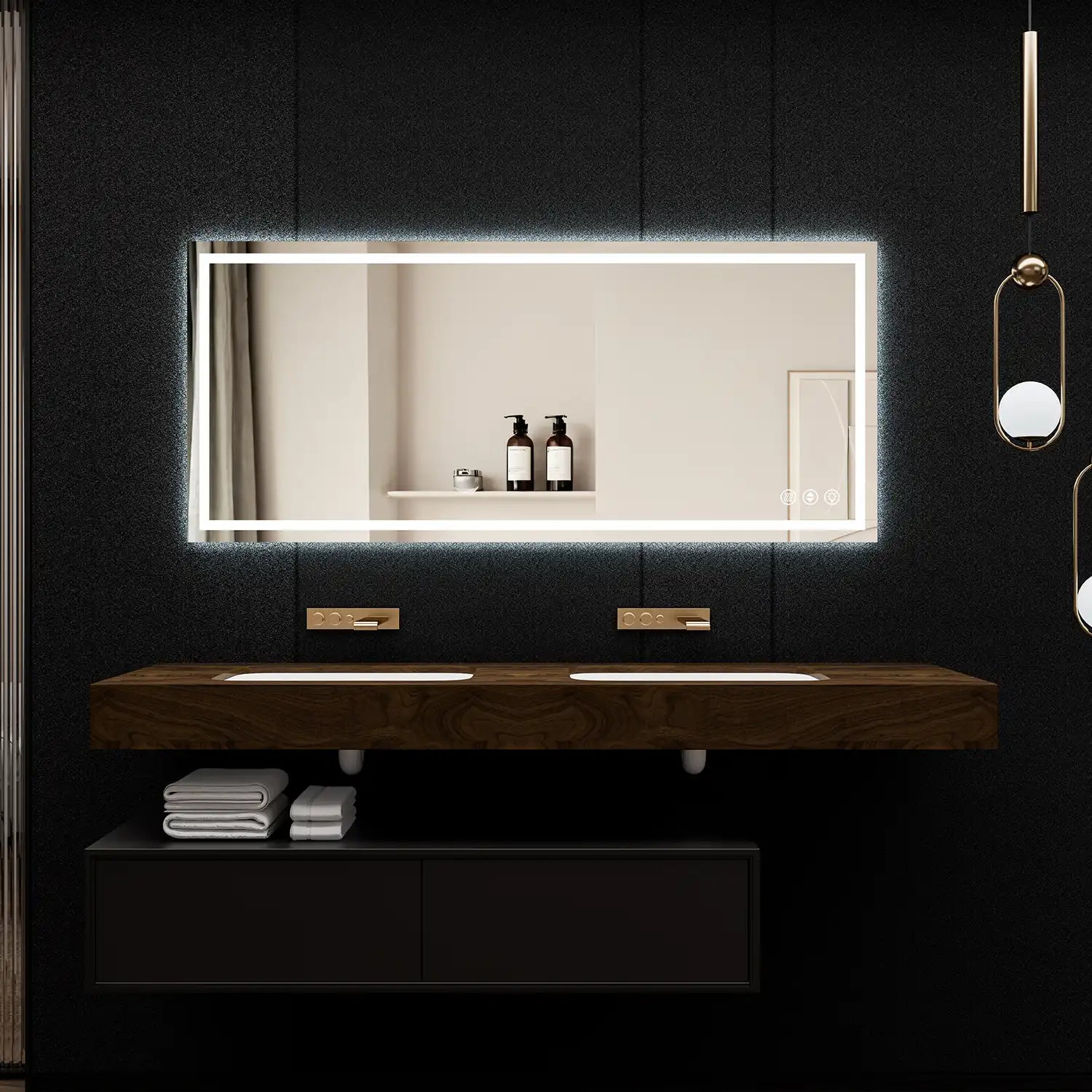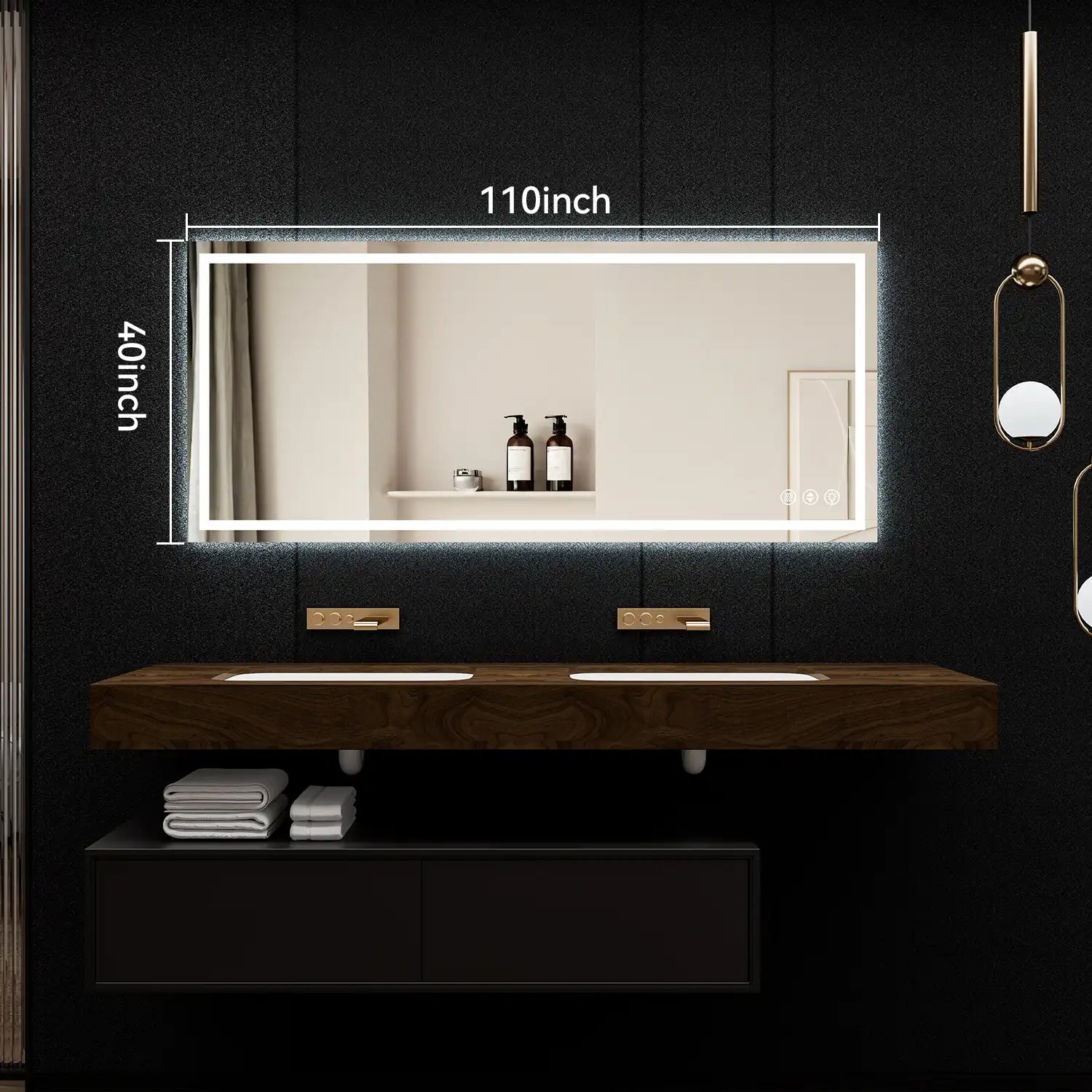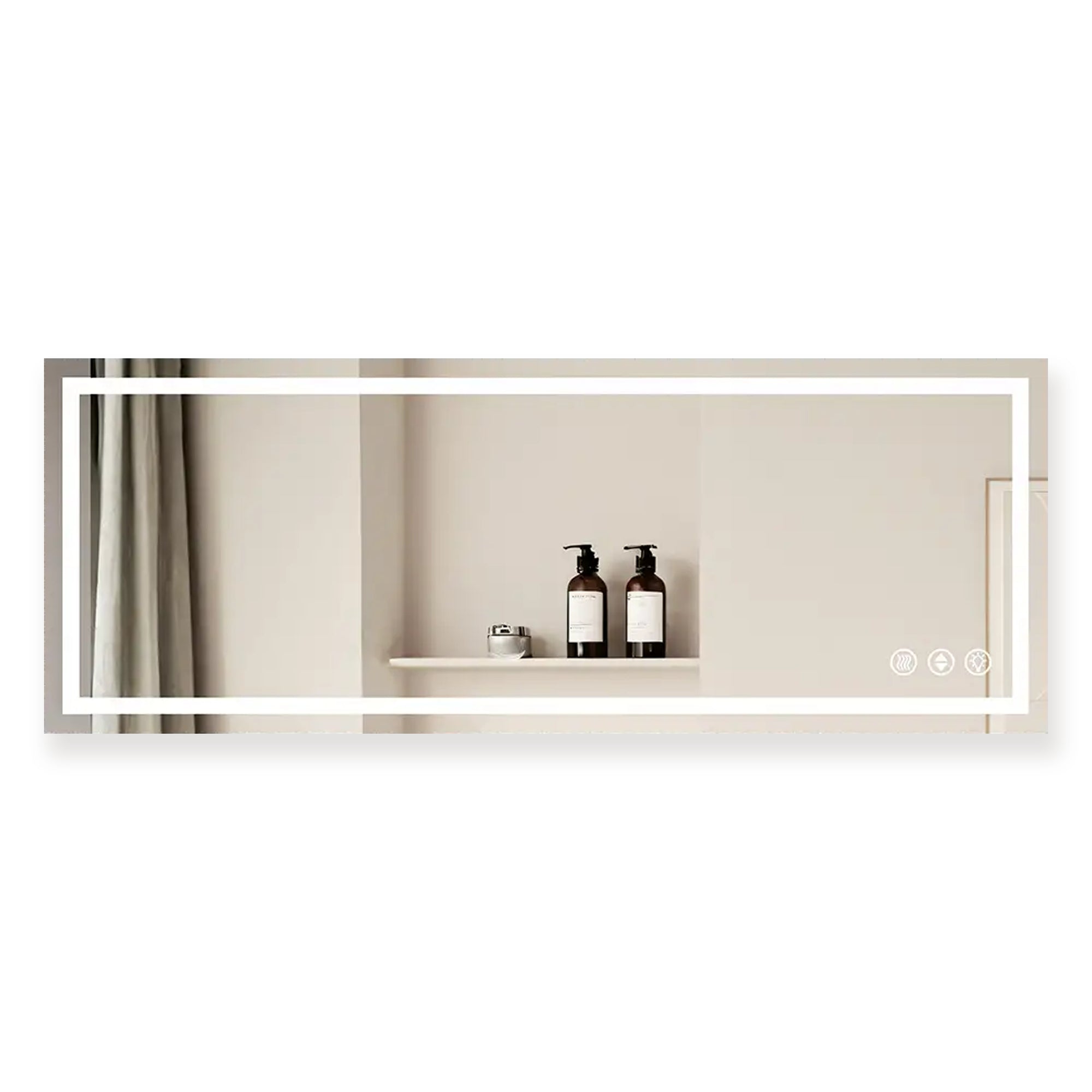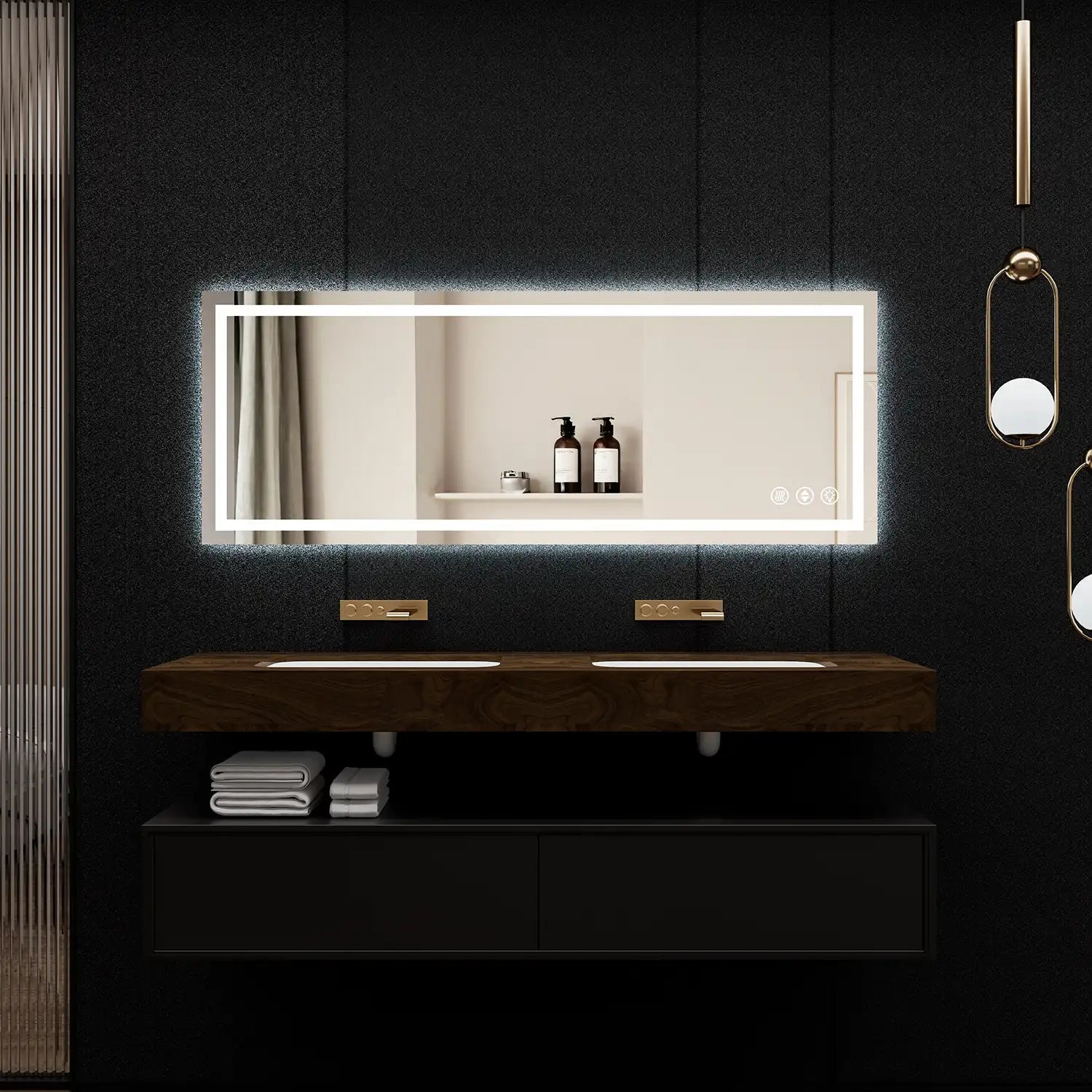Choosing the perfect vanity mirror is crucial when designing or updating your bathroom. It’s not just about functionality—though that's essential—it’s about creating a space that reflects your personality and complements the design elements of the room. The right vanity mirror can anchor the bathroom and serve as a focal point, while the wrong choice can make the space feel disjointed or imbalanced. With so many styles available today, finding the one that works best for your bathroom's aesthetic is key to transforming it into a relaxing and visually appealing space.

1. Minimalist Frameless Mirrors

Frameless mirrors are the epitome of sleek, modern design. These mirrors, without a frame to distract from the clean lines, create a smooth and uninterrupted look, which is ideal for contemporary, minimalist bathrooms. The lack of a frame allows the mirror to blend seamlessly into the background, making the room feel more open and spacious.
In practical terms, frameless mirrors are especially effective in smaller bathrooms. Since they reflect more light and have no heavy edges to break the visual flow, they make the room appear larger than it is (Houzz). Moreover, frameless mirrors often come with beveled edges, adding an understated touch of elegance without overwhelming the minimalist vibe. Paired with floating vanities or sleek metal fixtures, they offer a timeless and uncluttered aesthetic.
2. Rustic Wooden Frame Mirrors

For homeowners looking to bring warmth and natural elements into their bathrooms, rustic wooden frame mirrors are a go-to option. These mirrors exude a cozy, earthy charm that’s perfect for spaces with farmhouse or cottage-style decor. The use of distressed or reclaimed wood adds texture and visual interest, making the bathroom feel less sterile and more inviting.
Wooden frames, when chosen carefully, can add a lot of character to your bathroom. They pair beautifully with natural stone countertops or porcelain sinks and lend a contrast to smooth, modern surfaces. Additionally, the sustainability aspect of using reclaimed or eco-friendly wood can appeal to those who value environmentally-conscious design (Architectural Digest). However, it’s important to treat the wood properly to withstand the humid conditions of a bathroom. Applying a moisture-resistant finish ensures that your mirror will last for years to come without warping or deteriorating due to dampness.
3. Industrial Metal Frame Mirrors

For those who appreciate a rugged, functional aesthetic, industrial metal frame mirrors are a perfect choice. These mirrors are typically framed in materials like black iron, brushed steel, or antique brass, lending them a utilitarian yet stylish appeal. Metal frames are durable, making them ideal for bathrooms with high traffic or frequent use, such as family bathrooms or shared spaces.
The industrial style is known for blending raw, unfinished elements with clean lines, making metal-framed mirrors a great fit in modern lofts or urban-inspired homes. They also work well with exposed brick, concrete countertops, or vintage tiles. The contrast between the sturdy metal and sleek mirror surface adds depth and dimension to the room (Elle Decor). For those who enjoy a bolder, edgier look, pairing an industrial mirror with Edison bulb sconces on either side creates a perfect blend of function and style.
4. Vintage Ornate Mirrors

For homeowners aiming to create a bathroom that feels luxurious and grand, vintage ornate mirrors are an exceptional option. These mirrors often feature intricate carvings, gilded finishes, or elaborate patterns, reminiscent of classical European designs. Such mirrors can easily become the centerpiece of the room, offering a sense of opulence and sophistication.
Incorporating a vintage mirror into your bathroom can elevate even the most modest spaces, giving them a regal air. However, the key to successfully integrating an ornate mirror is balance. For instance, while a heavily decorated mirror might work wonderfully in a traditional or eclectic bathroom, it can overwhelm minimalist or modern settings if not carefully styled (Better Homes & Gardens). To achieve harmony, pair an ornate mirror with simpler bathroom fixtures, such as chrome faucets or neutral tilework, allowing the mirror to stand out without clashing with other design elements.
5. Backlit LED Mirrors

Modern bathrooms are increasingly embracing smart technology, and backlit LED mirrors are at the forefront of this trend. These mirrors come equipped with integrated lighting, often along the perimeter, providing a soft, ambient glow. This not only enhances the bathroom’s aesthetic but also serves a practical purpose by offering superior lighting for grooming tasks like applying makeup or shaving.
One of the main benefits of LED mirrors is their energy efficiency. LEDs consume significantly less power than traditional bulbs and last much longer, making them both eco-friendly and cost-effective (Energy.gov). Moreover, many backlit mirrors feature dimmable lighting, allowing you to adjust the brightness depending on the time of day or your mood. The subtle illumination around the mirror’s edge adds a touch of elegance and creates a spa-like atmosphere, perfect for unwinding after a long day.
Additionally, backlit mirrors often feature anti-fog technology, which prevents condensation buildup during hot showers, ensuring that your mirror remains clear and usable at all times. This combination of technology, design, and functionality makes backlit mirrors a popular choice for those looking to modernize their bathroom spaces.
How to Choose the Right Mirror for Your Bathroom
Selecting the right vanity mirror for your bathroom involves more than just picking a style you like. Several practical factors must be considered to ensure the mirror complements both your design and functional needs.
Size and Proportion: The mirror should be proportional to the vanity. Ideally, the mirror's width should not exceed the vanity itself. A general rule of thumb is to choose a mirror that’s about 70-80% the width of the vanity. This helps to create a balanced and harmonious look without overwhelming the space.
Lighting Considerations: If your bathroom lacks natural light, you might want to opt for a backlit mirror. Not only does this improve visibility, but it also adds a modern, upscale touch to the room. On the other hand, if your bathroom has ample lighting, a frameless or rustic mirror can add character without competing with the light fixtures.
Cohesive Design: Always consider how the mirror fits within the broader aesthetic of your bathroom. If you’re aiming for a sleek, minimalist look, a frameless or backlit mirror would be ideal. For more traditional or eclectic designs, a rustic wooden or vintage ornate mirror could be the focal point you need. Ensuring the mirror aligns with other bathroom elements, like the vanity, lighting, and fixtures, will help create a unified and visually pleasing space.
FAQ
-
What size should my vanity mirror be?
Your vanity mirror should ideally be between 70-80% the width of your vanity to maintain balance. -
Can I mix and match different mirror styles?
Absolutely! Mixing styles can create a unique look, but be mindful of maintaining some cohesion, such as consistent finishes on your hardware or lighting. -
Are LED backlit mirrors energy-efficient?
Yes, LED backlit mirrors are extremely energy-efficient, consuming less power than traditional lighting options and lasting much longer (Energy.gov). -
How do I clean and maintain a rustic wooden mirror?
Use a damp cloth to wipe down the wooden frame, avoiding harsh chemicals that could damage the wood's finish. A sealant can also be applied to protect the frame from moisture damage. -
How do I install an industrial metal frame mirror?
Metal frame mirrors are generally heavier, so it’s best to use heavy-duty anchors or hire a professional to ensure safe installation.

